|
One day last week while researching something else (don't remember what!) I came across a picture of a page from Emily Dickinson's herbarium. Of course, I was immediately interested and started to dig deeper. Although I've read some of her poems and noticed that many of them are about flowers, I didn't fully realize until that moment that she was also a passionate gardener and lover of nature! I'm now reading a wonderful book called The Gardens of Emily Dickinson, by Judith Farr. I've often thought I was born in the wrong century, and reading this book makes me so wish that I could have known her! When I get done with this book I am going to go back and read all her poems, with a brand new appreciation! 😊 Meanwhile, inspired by her herbarium, which contained over 400 specimens of plants from both her garden and surrounding fields and woods, I have started my own little herbarium. I already had a fair amount of pressed flowers and leaves because I love to tuck them into letters and between the pages of books, so a few pages have already been filled. And there are lots more being pressed right now! I just wish I had thought of this in the Spring! I will close with the words of an enthusiastic 14-year-old Emily Dickinson in a letter to her school friend: "Have you made an herbarium yet? I hope you will if you have not, it would be such a treasure to you." It is certainly a pleasant occupation and will be such a comfort on those cold winter days that are fast approaching!
6 Comments
We had a freeze last night (24 degrees F!), so most of the garden is done for now. It really seems like just last week that I was sharing the first spring blooms! I decided to go out and "rescue" as many flowers as I could, to enjoy at least a few more days. I grabbed a small bucket with the intention of picking as much as I could and rearranging in vases later, but as I went along the arrangement started to take form right in the bucket, so that is where I left them! I still wasn't able to pick everything, but here's a sample of some of the flowers included... I think the bees knew something was up...they were actually following me around as I carried the bucket around the different garden plots! They seem particularly fond of the Cosmos. It's always a pleasure to join Cathy at Rambling in the Garden for IAVOM! There will be lots of beautiful bouquets shared from around the world on her blog today, so please do check them out! Have a wonderful week! 😊
"With what a glory comes and goes the year!" It's difficult to believe that another growing season is already coming to an end. Just a few days ago we were complaining about the oppressive heat, but now the weather has changed abruptly (as it usually does in New England!) and we are expecting a killing frost this weekend. This is such a bittersweet time of year for me. While I'm sad to see the end of my gardens and dread the long winter to come, there is such a wild beauty everywhere and the brisk air is so exhilarating, I can't help but love this time of year! We are already seeing a lot of color in the trees. Even the goldenrod is fading fast, but the asters are still providing lots of color in the fields. With the expected frost, I'm bringing in the last of the peppers from the garden. We had an abundant harvest again despite my getting them out later than usual last spring. The seed garden is actually the best looking of all my gardens right now! I love the contrast between the silvery wormwood and purple basil! The balsam (Impatiens balsamina) is still providing lots of color! As are the petunias although they're looking a little beat up from the wind and rain we've had the last few days. I may cover them on the cold nights to prolong their lives a little longer. This bee was buzzing busily from flower to flower. But several others were just holding on and moving very slowly this morning. Poor things! I'm thinking about digging up my rue plants and keeping them in the house over the winter since I'm very doubtful that they'll be hardy enough outside. But then I'm awful with houseplants, so they might not survive me either! Ok, and now for the moment of truth! This garden turned out even messier than it was last year! Part of the problem was the dry weather and my neglectful watering. I'd say a good cleaning up is order after the frost! At least the little herb garden doesn't look so bad after I pulled up the spent borage plants. And now I have a special announcement to make! Last year, I started offering a small selection of seeds for sale from my garden. I had no idea what would come of it or if there would even be any interest, but it actually turned out a lot better than I even dared to hope! I am deeply grateful to those who ordered, offered encouragement, and gave me new ideas! This year, I am offering a much wider selection of historic flowers and herbs, and even a few native wildflowers! I just updated my Seeds page, so if you're interested, please do check it out! I've tried to include a little history about each plant, as well as where they originate from...something I often wish more seed catalogs would include in their descriptions!
I hope you are enjoying Autumn too, wherever you are! Have a wonderful day! 😊 I've been having the most restful nights' sleep lately. Of course, part of that could be because I'm finally getting back into my normal running routine after a crazy summer so I'm feeling much healthier, but I'm still giving most of the credit to the wonderful herb pillow I made recently! These are quite easy and fun to make, and the fragrance of the herbs is so relaxing. And they make nice gifts too! For the actual pillow, I simply cut out two pieces of plain cotton or muslin fabric, approx. 8"x 8". Sew the two pieces right sides together, but be sure to leave one side open. Fill with the dried herbs of your choice. I used Rose petals, Sage, Catnip, Lemon Balm, Sweet Marjoram, Mint, Mugwort, White Sweet Clover, and Pearly Everlasting. Experiment with the amounts until you have a blend you like. Personally I don't like the smell of Catnip very much, although it is said to induce sleep, so I was careful not to add too much of that! Mugwort is nice because it only has a light scent, so you can add a lot for bulk, without it becoming too overpowering! The Pearly Everlasting is there mostly as a "stuffer" as well. Sew up the last side of the pillow. You could use it as is (just lay it inside your regular pillowcase, or under your pillow), or you can make a pretty pillow case for it! Well, that's it! I hope this little tutorial made some sense anyway...I'm not very good at giving instructions! ;)
"Weeds, weeds, weeds", people say, and then with an air of disgust they give them a kick, but as we draw nearer to these weeds, they become to us the very words of God. 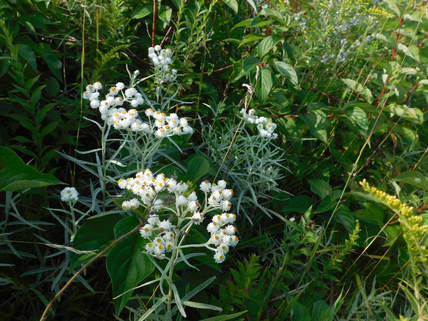 It's really quite shocking (and embarrassing!) how many wonderful plants I've been totally ignorant of, or simply dismissed as "weeds" all my life! It's strange, since I've been gardening seriously for 9 years now and have always spent a lot of time outdoors, yet I feel like I must not have been fully awake all that time! The little Pearly Everlasting (Anaphalis margaritacea) is yet another new acquaintance I made this summer. I first noticed this "humble pasture and woodland friend" blooming along the roadsides in early August, but didn't get a chance to see it up close until I discovered a patch of it all the way on the other side of the field where I've been exploring all summer. I still didn't know what it was at the time and, in my ignorance, thought it must be some kind of wild Strawflower I'd never heard of before! Pearly Everlasting is a native of North America and parts of Asia but has also naturalized in Europe, perhaps as a garden escape. It seems that it was a popular garden plant in England. In his book The English Flower Garden (1883), William Robinson calls it "one of the oldest and commonest plants in our gardens", and Mrs. Grieve also cultivated it in her own garden at Whin's Cottage. Curiously enough though, it doesn't seem to have been common in American gardens. Maybe it was just too common and was disregarded as a weed! The young leaves of Pearly Everlasting are said to be edible when cooked, and the American Indians used it for a wide variety of ailments. They smoked the plant for lung ailments and also used it as a poultice for bruises and sprains. As its name suggests, it is an excellent flower for drying and was commonly used for winter decorations and, according to Catherine Parr Strickland Traill in Studies of Plant Life in Canada (1885), the Canadian backwoods settlers even used it in place of feathers to stuff pillows and mattresses! The flowers last so long that they have become a symbol of Immortality, and the plant has several other suggestive names including Live-ever, Life-everlasting, and Immortelle. It was traditionally used to decorate the graves of departed loved ones. There is a beautiful story about Pearly Everlasting in Floral Fancies and Morals from Flowers (1843) which I couldn't resist sharing... 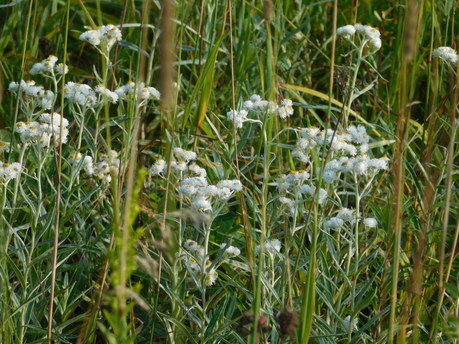 "Summer had departed—the sun of flowers was set, and the stars of the vegetable world, the Asters, the Dahlias, the Chrysanthemums, and the Michaelmas Daisies, had risen to supply its place. Amidst these bright constellations, and almost eclipsed by their rich and glowing rays, appeared an unpretending flower of pearly whiteness. Her gaudy companions did not even deign to notice her, till a marvelous rumour got afloat concerning the unobtrusive stranger. By busy Bee, or chattering Bird, it had been whispered in some 'Cowslip's ear,' that the silvery fair one was gifted with a nature altogether differing from the generality of her fleeting race; that instead of, like them, being placed on this pleasant earth only to blossom out their little month, or week, or day, or hour, her life would be extended to what, by comparison, seemed eternity; that the biting frosts, before which even their longest survivors were to shrink and blacken in death, would leave her bloom uninjured, and her brightness undiminished; and that even from mankind she had hence received the appellations of Ever-lasting, and Live-for-ever. Rumours such as these were, of course, sufficient to render the harmless Everlasting an object of envy and dislike, mingled with a sort of superstitious fear, as of something supernatural. Little, however, did she heed the suspicious glances of her companions; and even when one, bolder than the rest, ventured to taunt her, she would gently reply, with conscious superiority—'Take heed but to fulfill your own destinies, and leave me to accomplish mine.' 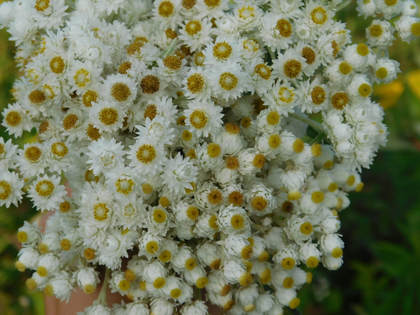 Ere long, the showy crowd in which she lived (but not as one of them), began rapidly to diminish—some ending their brief career in the common course of nature, others suddenly cut off by the hand of man, or the icy fingers of the frost; expiring in the cold darkness of night, or in the suffocating glare of a floral show or ball-room; and when November came, the silvery Everlasting was alone. When January followed, the Winter Aconite, seated on her emerald throne, was seen raising her golden crown above the surrounding snow. Not even the snow's own flower had ventured to pierce its fleecy shroud, and the Aconite expected to find herself, as usual, sole sovereign of the dreary scene, when, to her surprise, she beheld a rival in the Everlasting, already by her side. 'What dost thou here?' said the haughty Aconite. 'How great is thy hardihood in thus braving the icy blasts which not a flower, save myself, ever dared to face with impunity. But thou wilt speedily suffer for thy boldness, even as I have beheld others, when tempted into premature expansion by a fictitious spring. Already do thy blossoms look parched and whitened by the wind, and soon they will fall withered from thy stalk.' 'I fear no such fate,' returned the Everlasting; 'for though, to all appearance, living, I am insensible alike to nipping frost and cutting wind. Whilst thou wert yet beneath the earth, I was companion of many a gaudy flower long since perished. I beheld both the beginning and the end of their brief careers, as I shall, perhaps, of thine.' The Aconite smiled in contemptuous incredulity, and the next day absolutely laughed in scorn at the pretensions of the Everlasting, on beholding her suddenly plucked off by a human hand. 'Ah! ah!' cried she, 'where is now thy boasted longevity? and which of us two, prithee, is likely to be the survivor?' So, in her ignorance, spoke the foolish Aconite, not knowing that, even in death and separation from earth, the precious attribute of immortality—of unfadingness—was yet preserved by the Everlasting. And why was the fadeless flower gathered? Was it to adorn a winter bow-pot? or were those pearly blossoms intended to gem the hair of some blooming maiden? No; they were meant to fulfill a more tender, and yet a more exalted purpose; they were plucked to adorn the grave of a beloved child, whose mother's hopes, once manifold, were now comprised in one—the glorious hope of immortality. To symbolize that blessed expectation, she had hung the white Everlasting above the mouldering remains of her darling, whose innocent spirit was, she well knew, destined to live for ever." 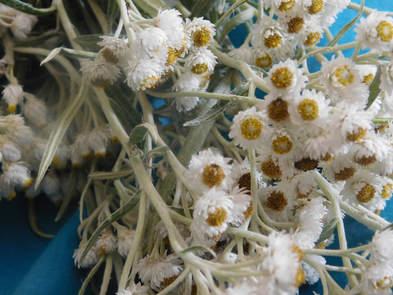 Another old name for this plant is Moonshine, "because at night, in the thicket, the silvery gloss of its long, narrow, smooth-edged, grayish-green leaf looks like a ray of moonlight". It must be a beautiful sight, but I will have to wait until it is established in my garden to see it, as the field where they grow seems full of howling coyotes at night! It is certainly worthy of a place in the flower garden, yet I think I will still like it best growing in its natural habitat, where it possesses "a charm as undefinable as that which abides in the New England pastures". "Bravely my sweet flower resists "Dear plebeian, but for thee When November winds blow chill, *Thanks as always to Cathy @ Rambling in the Garden for hosting IAVOM! :)
The weather here has been glorious the last couple days-just perfect for hiking! I've discovered a few new (to me!) plants and identified a few that have had me mystified for a while. So now I'll take you for another hike! Wool Grass (Scirpus cyperinus) grows in a wet area near another section of the woods. I've gathered some bundles of this to dry for winter arrangements! A magical moment... Fall is coming and I can't say I'm very happy about it. But this leaf was stunning! I think this is Whorled Wood Aster (Oclemena acuminata)... A mushroom popping up through the leaves. We have all kinds of them right now...I'm just glad my dogs haven't taken a fancy to tasting them! Red Trillium fruit...there are lots of these plants in our woods, but this is the first time I've found any with a fruit! I know that Red Trillium is also called 'Stinking Benjamin', but never noticed any bad smell from the flowers myself. I wondered if it could be so called because the fruit smells bad, but it actually has a delicious fruity fragrance, almost like strawberry! I wonder if it is edible? This was a new plant for me...Tall Rattlesnake Root (Nabalus altissimus). I read that the Iroquois used the root as a remedy for rattlesnake bites. And the flowers have a sweet fragrance, for those that get really close! I was doing some research on it this morning and found a very interesting report in an old medical book from 1888, where the plant was used to treat a gunshot wound in the leg that had turned gangrenous... "The leg was black, the patient sleepless and wild with pain. The green leaves [of Nabalus altissimus] —whitish beneath—well washed, were applied all over the limb, and the leg was encased for twelve hours. They were then removed and old tobacco leaves, dampened, took their place for two hours. This course was pursued every day for about two weeks, till the leg was healing and comfortable. Almost instant relief followed their first application, much of the swelling was reduced, and the patient slept nearly all night." I went for another walk in the field this evening. It turned out to be the best time to go to get pictures! Looking into the woods carpeted with Jewelweed... Another name for Jewelweed (as well as other members of the Impatiens family) is Touch-me-not, because of the way the seedpods burst open when touched. I'm familiar with this from my Garden Balsam (I. balsamina) plants, but they only burst open when the seeds are ripe. This one on the other hand, has been popping green seeds all over the place if I so much as brush against the plants, hitting me in the head half the time! Its really quite entertaining! So this might be a funny question but now I'm curious...does anyone know if the seeds continue to ripen after being thrown, or does the plant need to be left undisturbed so they can fully mature? The big patch of Fireweed has gone to seed. It's pretty at all times, but absolutely breathtaking when back-lit by the sun! I am nuts about Asters right now, and trying to identify all the different species growing on our property...a subject for another post. :) Hope you enjoyed this ramble...thank you for coming along with me!
I found a sweet little vase at the thrift store this weekend, so of course I had to try it out! This is just a simple bouquet with my 'Picotee' cosmos. I was a bit disappointed in this variety earlier this summer. The seed company I bought them from said they would reach 4-5 feet tall, but my plants all started to bloom when they were only about 2 feet, and they weren't blooming all that prolifically either...very frustrating since I had planted them near the back of the flower garden! But as it turned out they had a surprise for me! The plants continued to grow and grow as tall as I could wish them, and they are now covered in beautiful blooms. I will probably be growing this variety again next year after all! I love all the different markings on the flowers, but the one in the first picture with the pale pink edges really stole my heart! Don't forget to visit Rambling in the Garden today to see all the lovely arrangements shared from around the world! Have a great week! :)
|
AuthorI am a passionate gardener and seed-saver, who also enjoys playing the violin and accordion, running, spending time with my 4 golden retrievers, keeping chickens, photography, and reading. Archives
March 2019
|
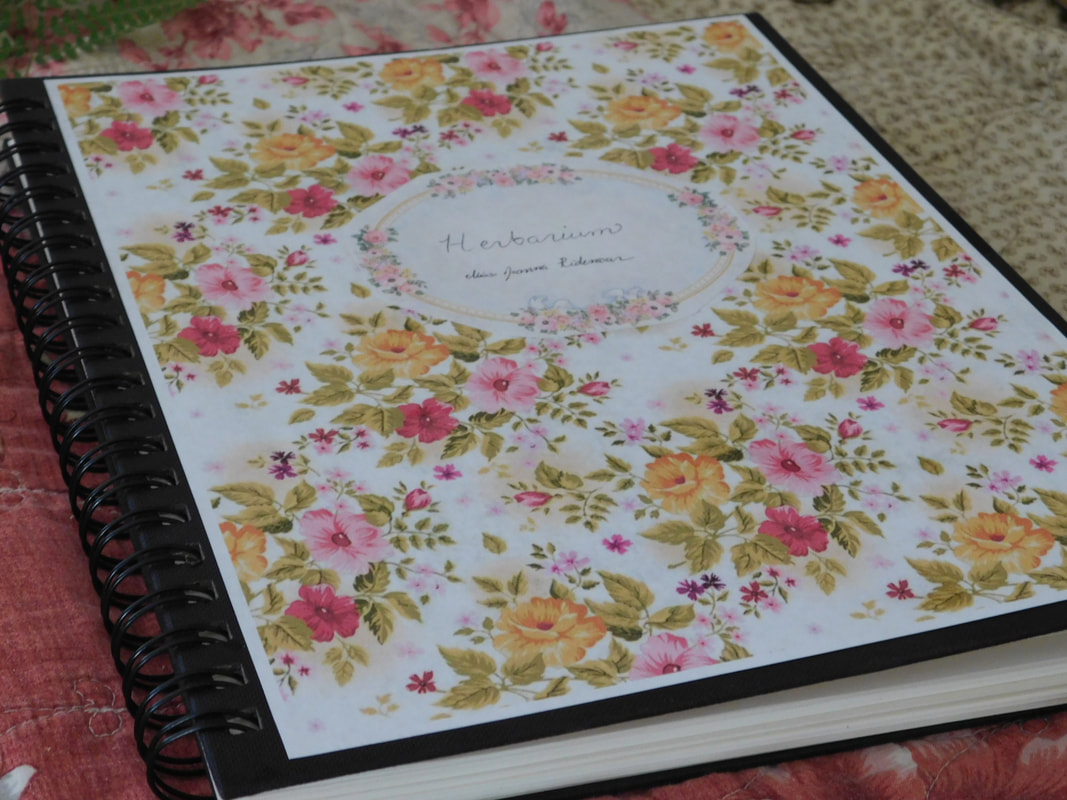
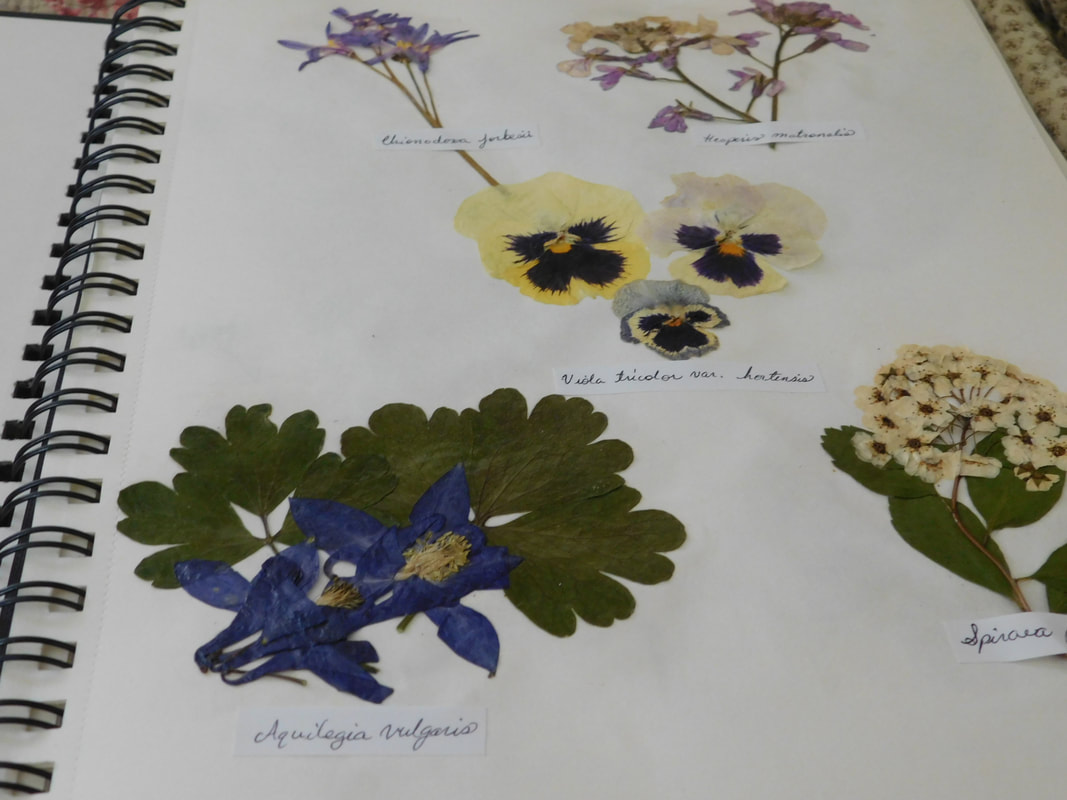
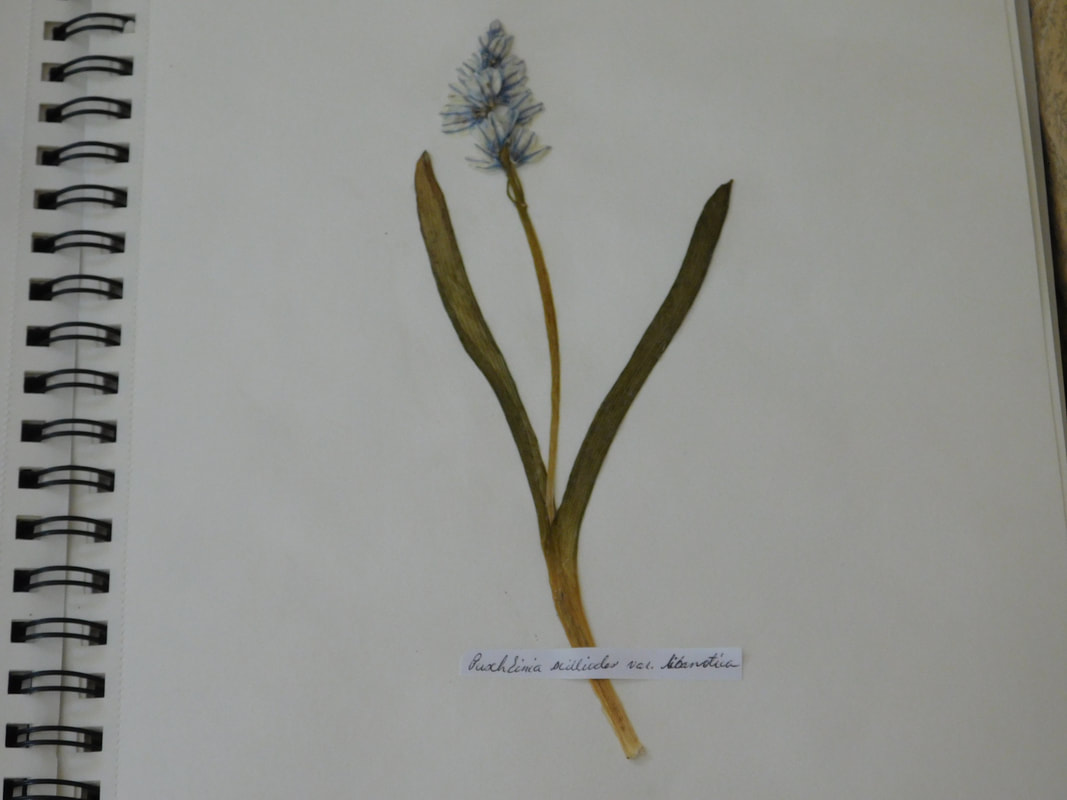

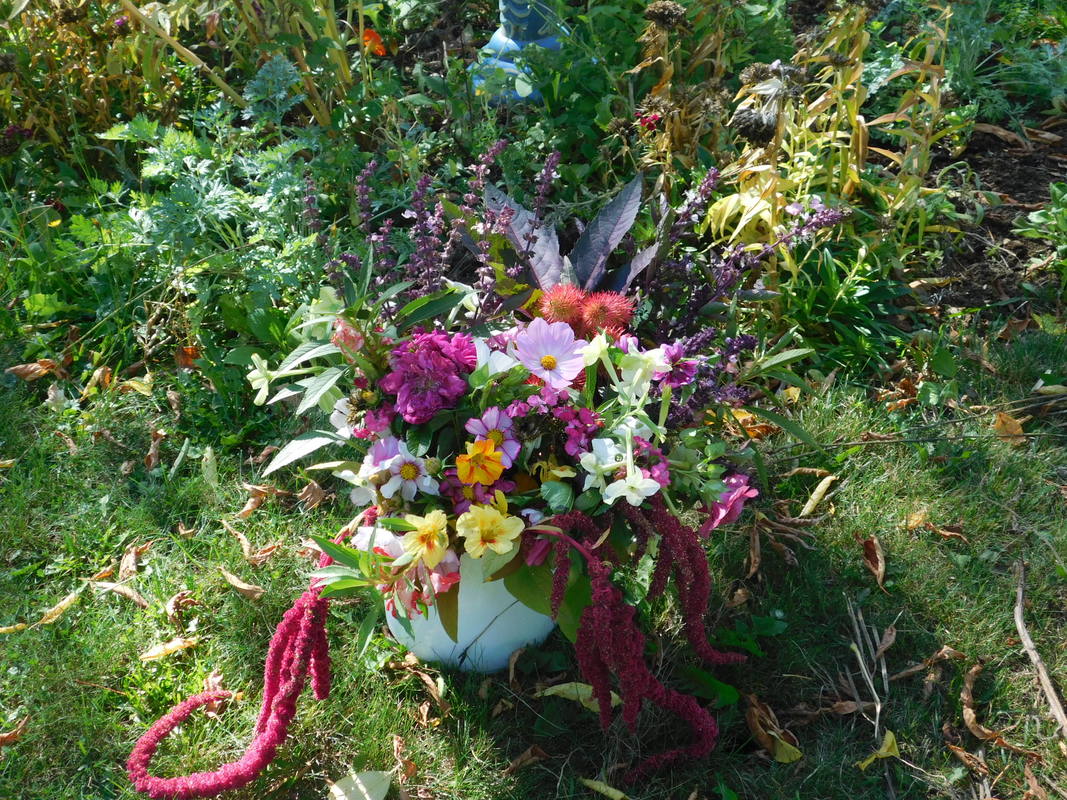
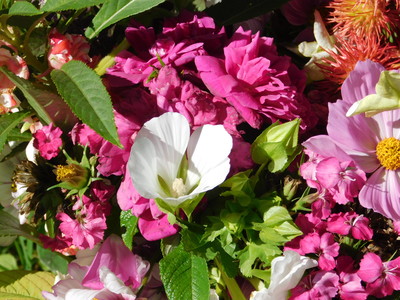
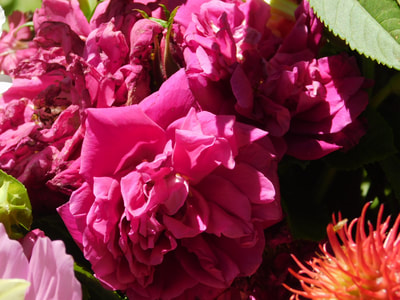
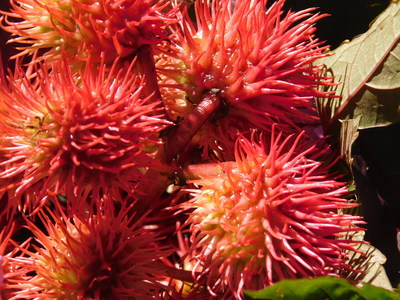
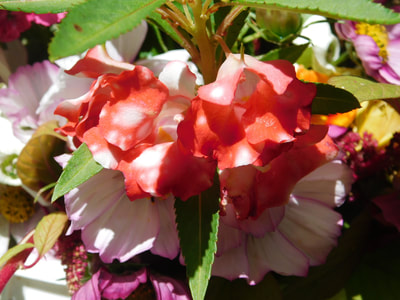
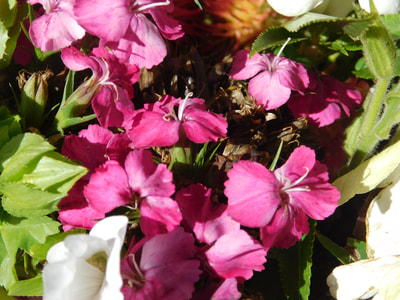
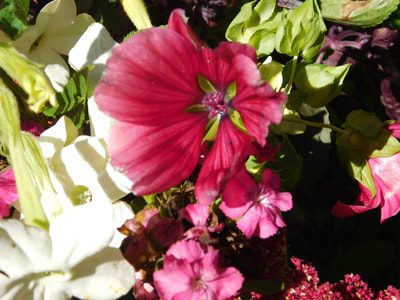

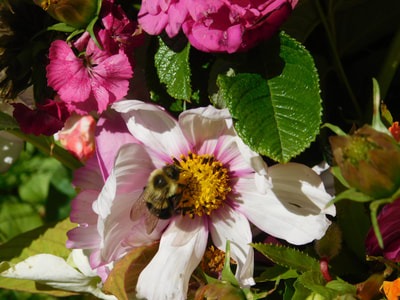
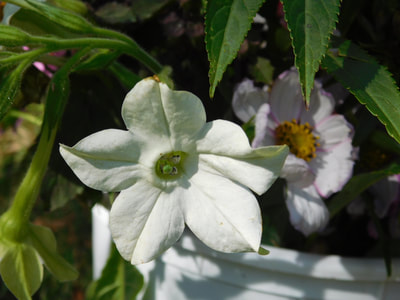
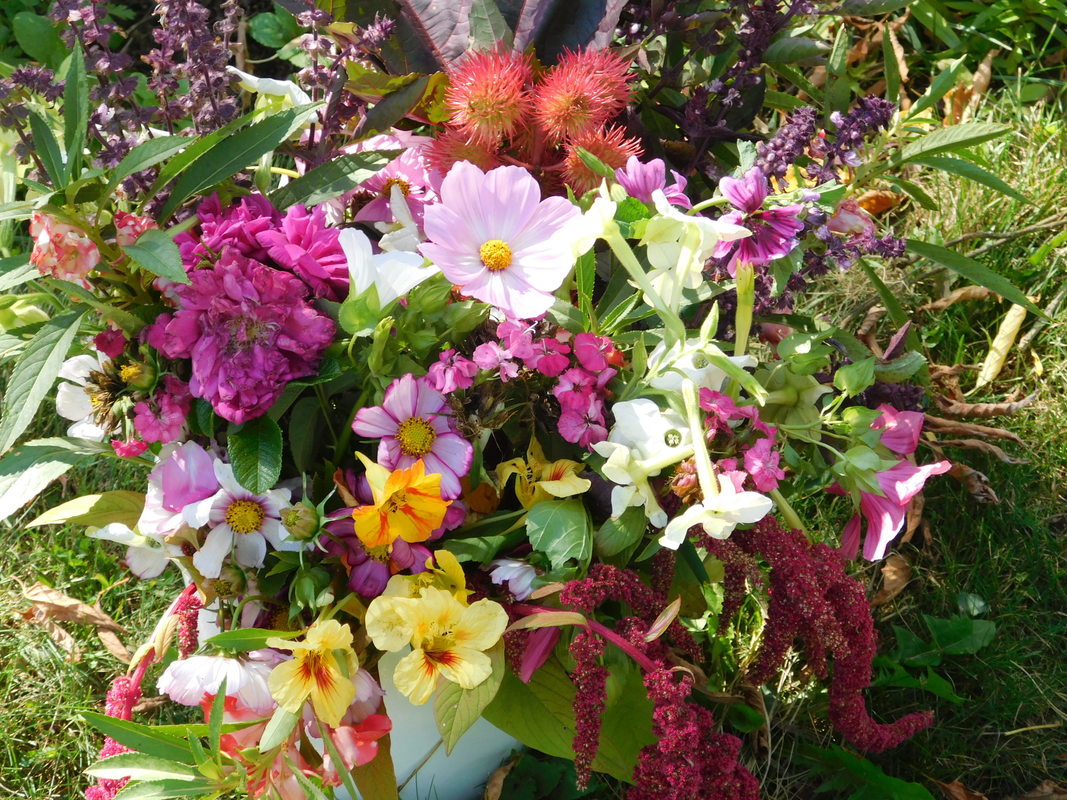
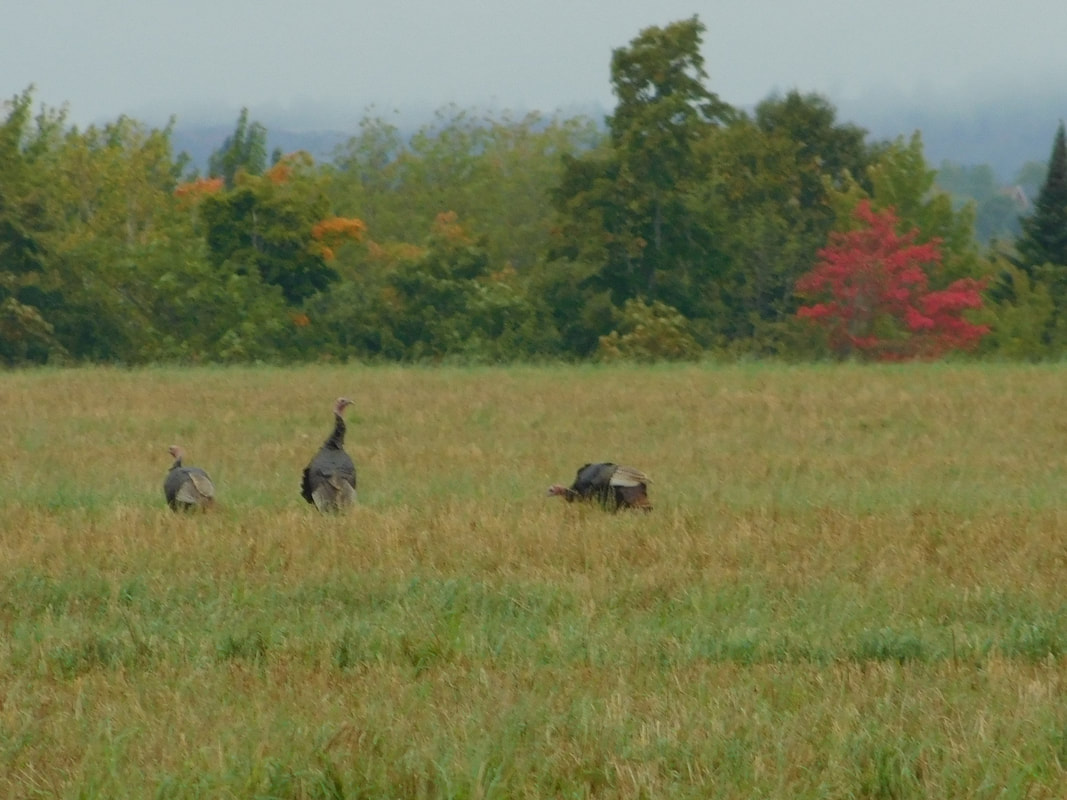
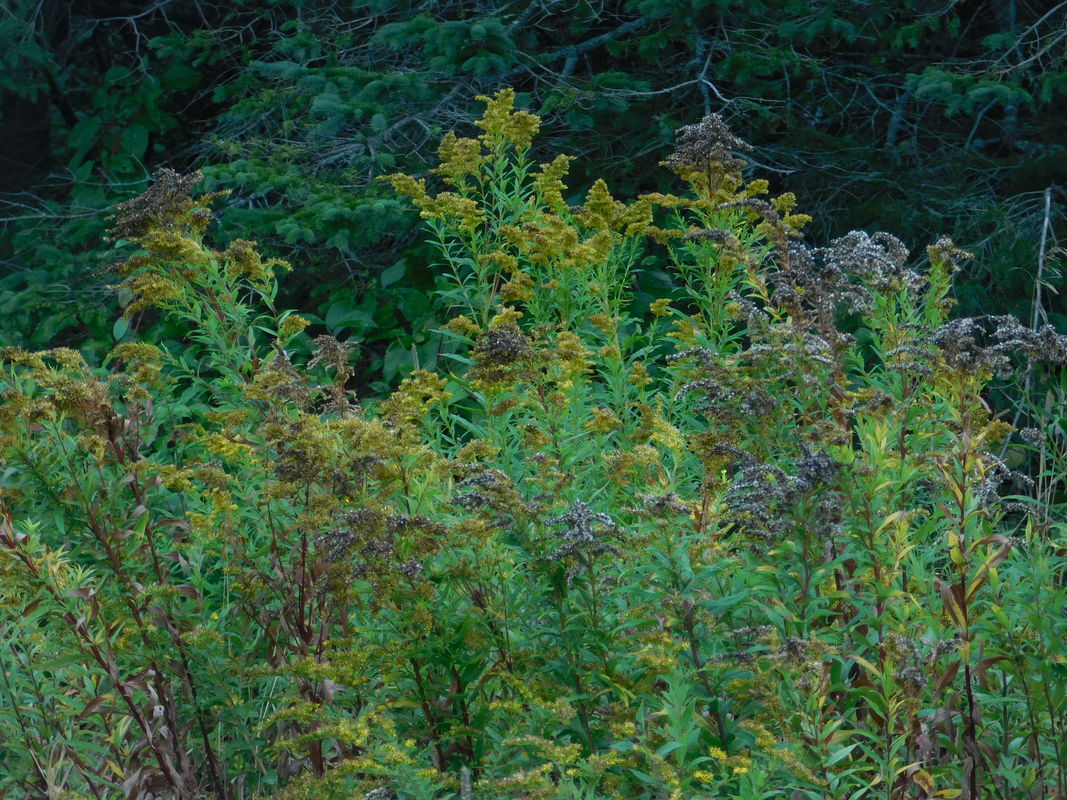
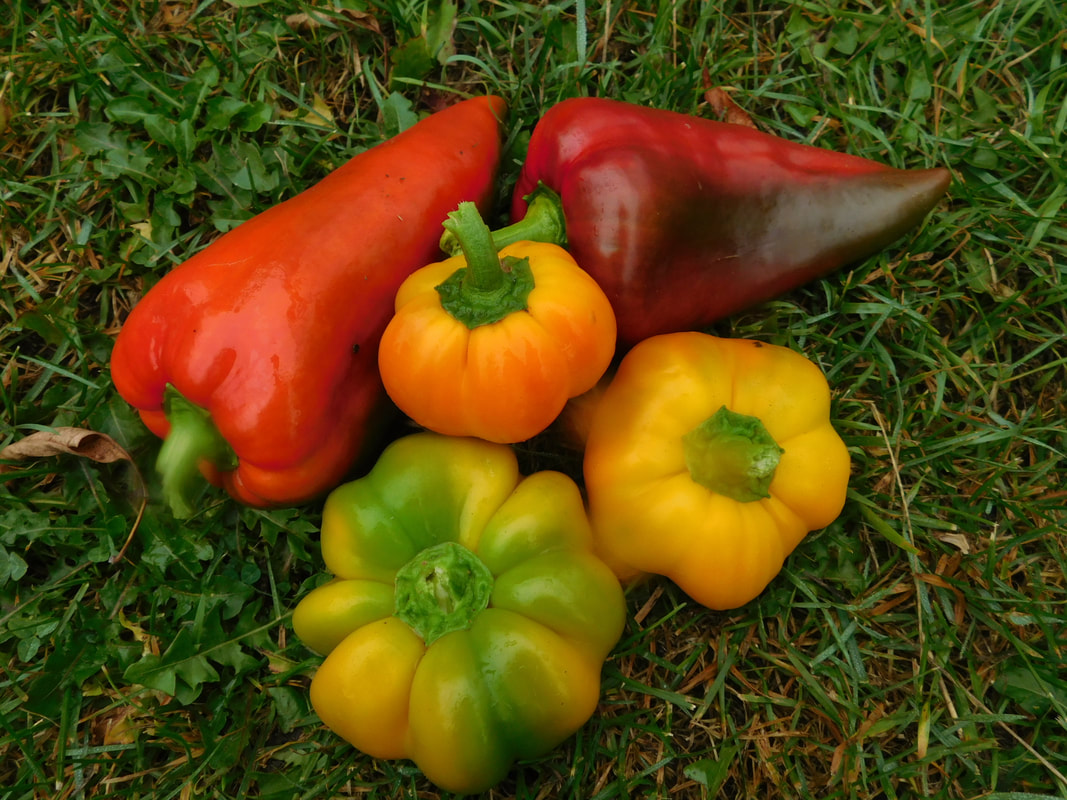
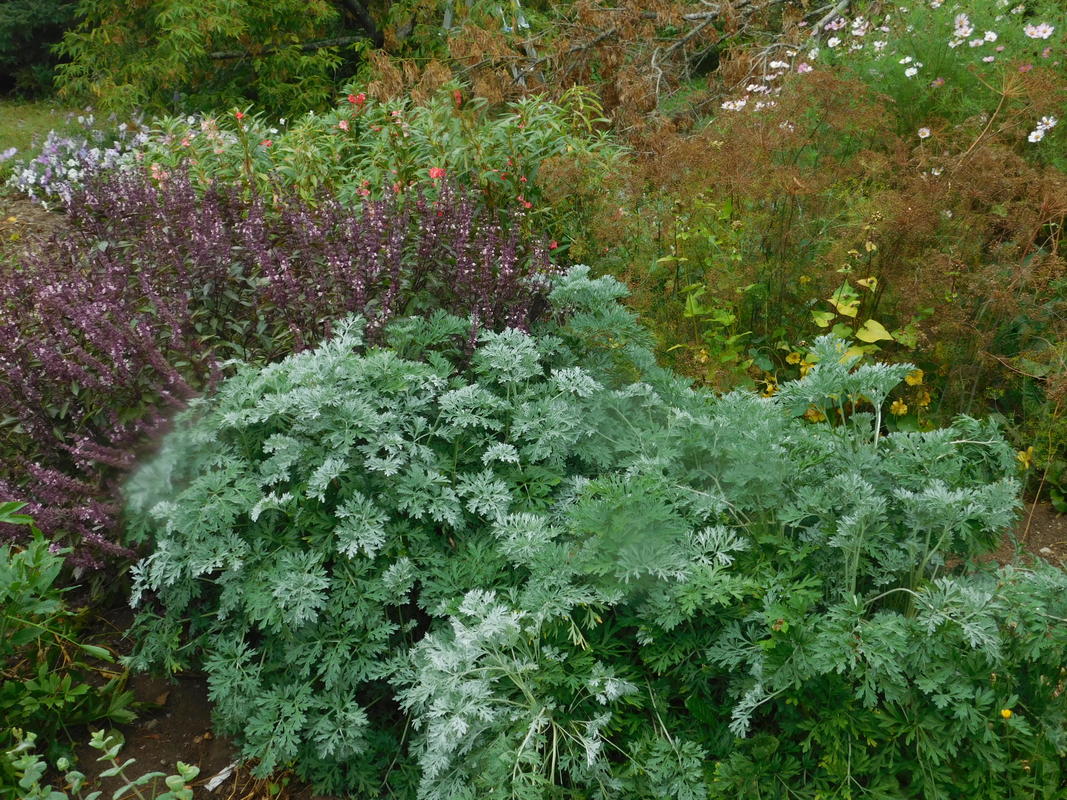
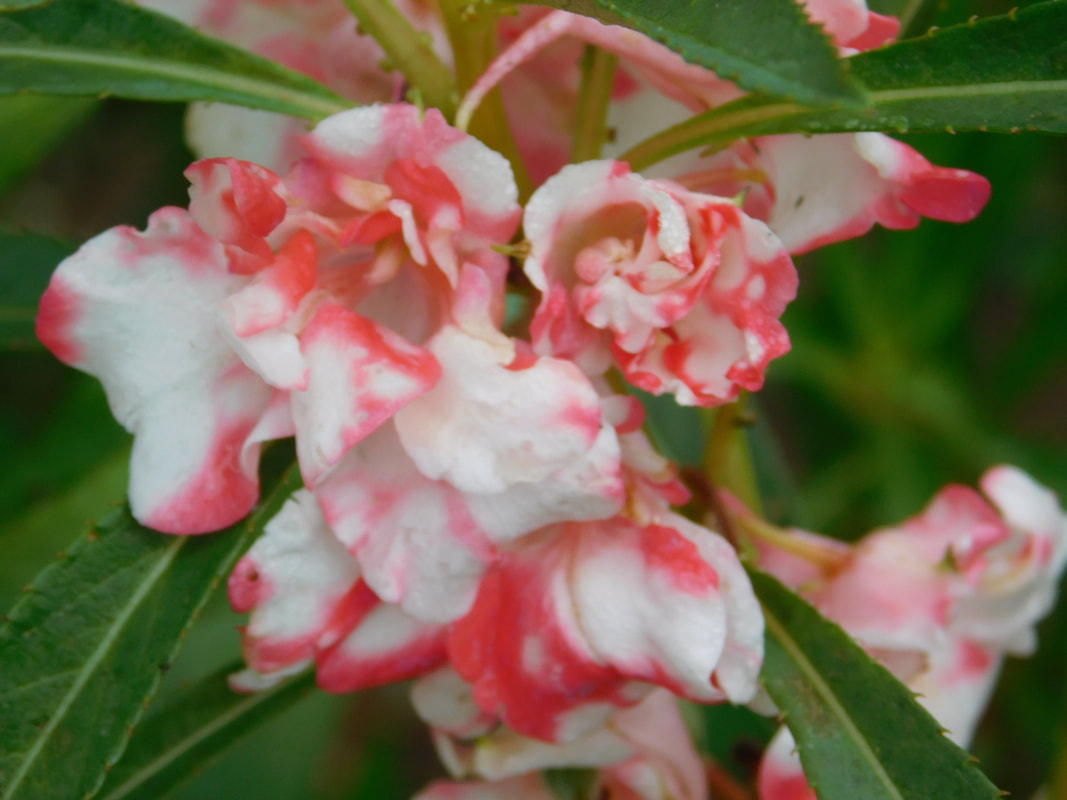
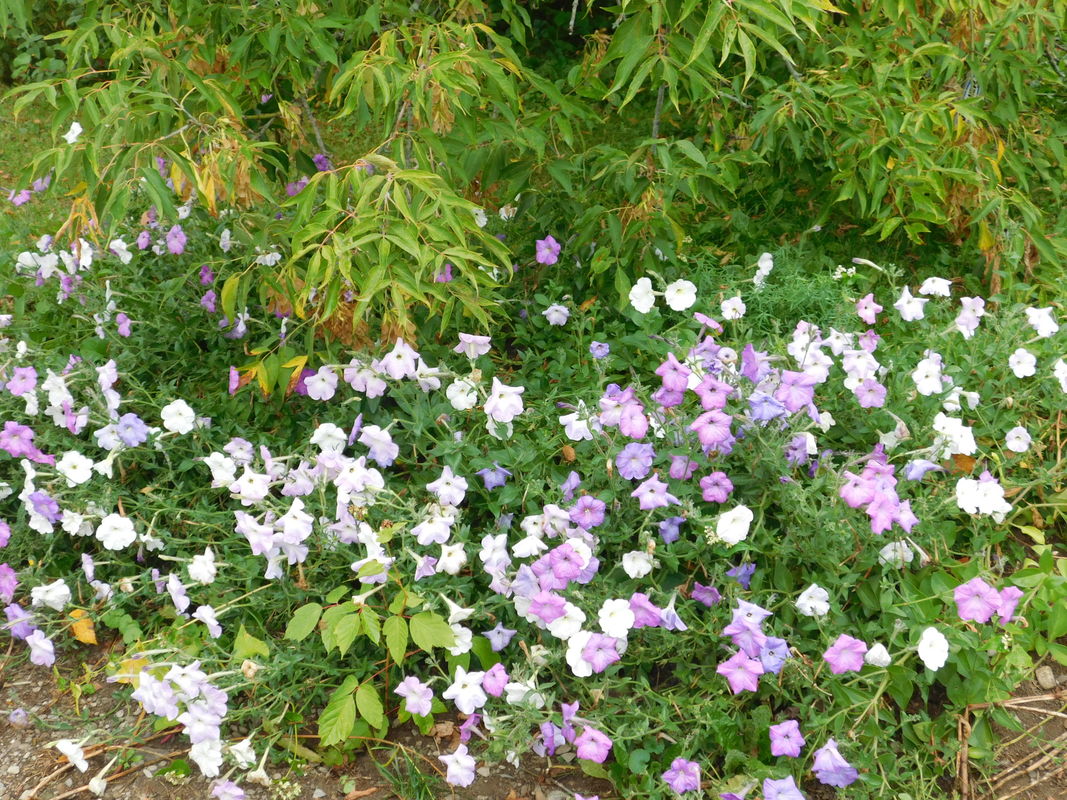
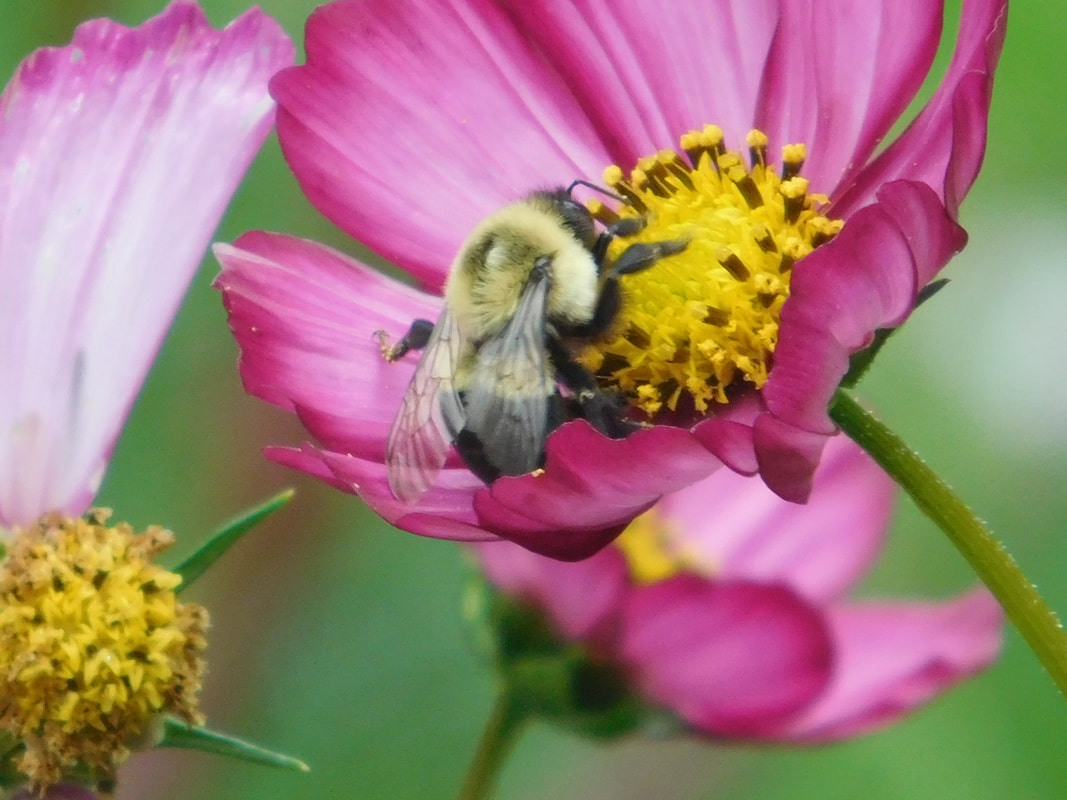
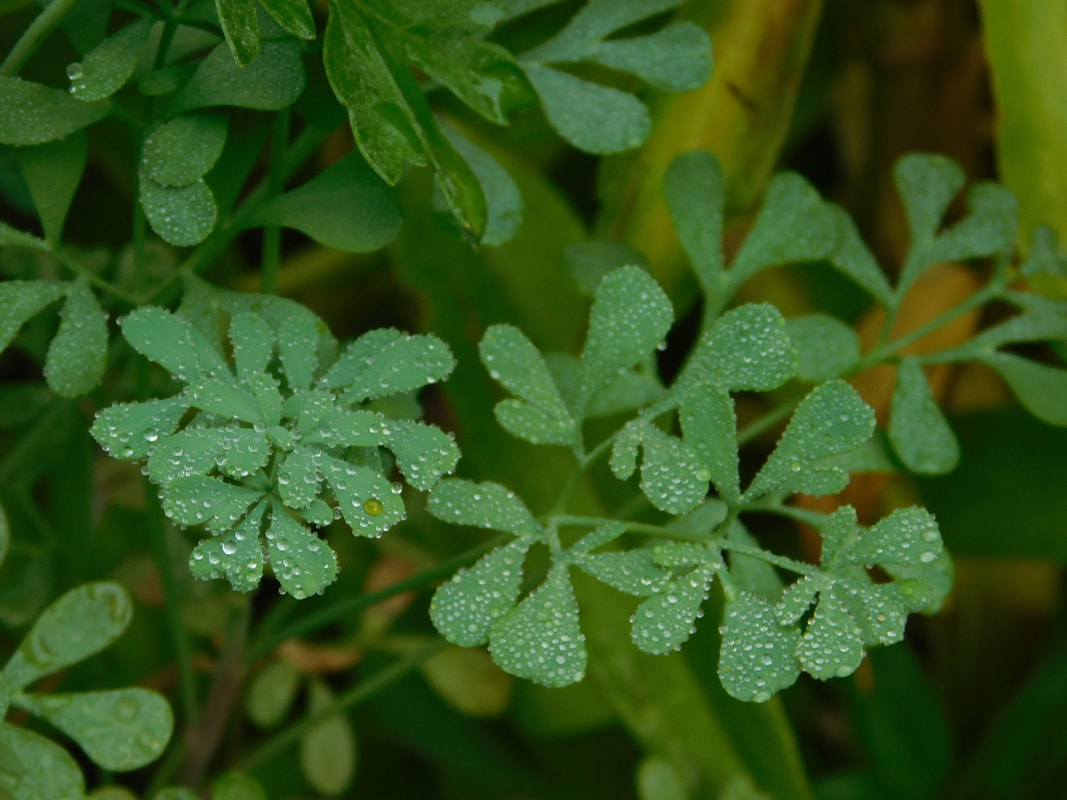
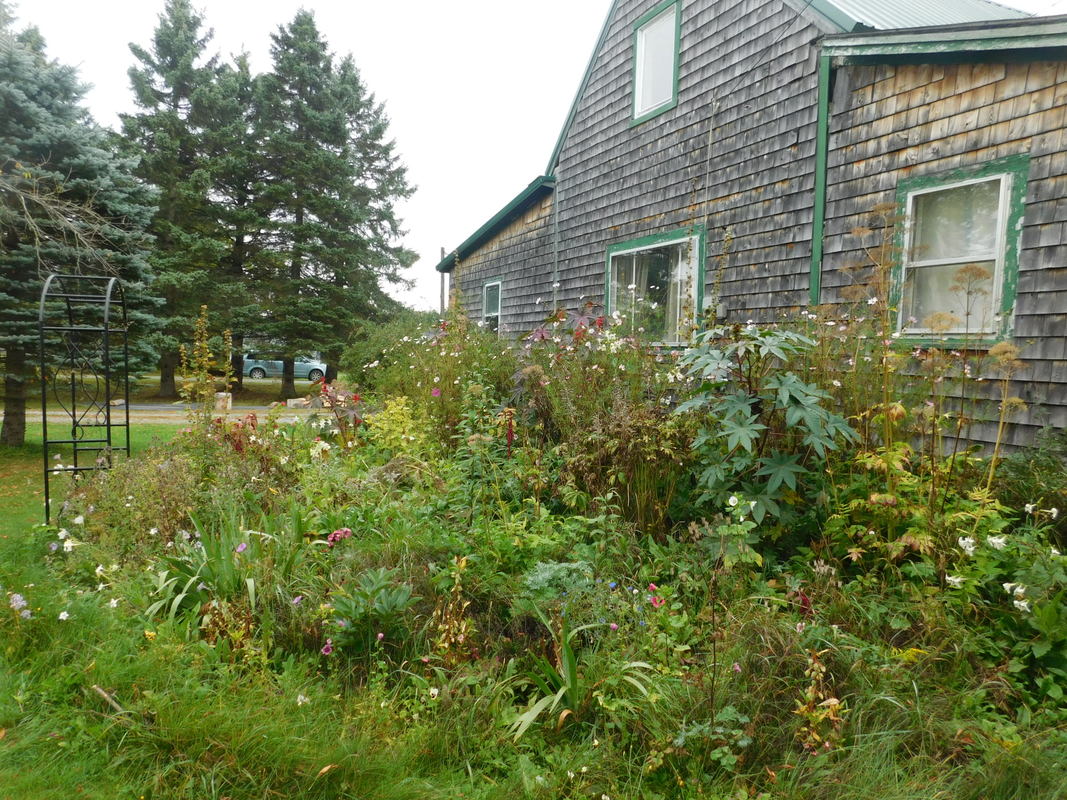
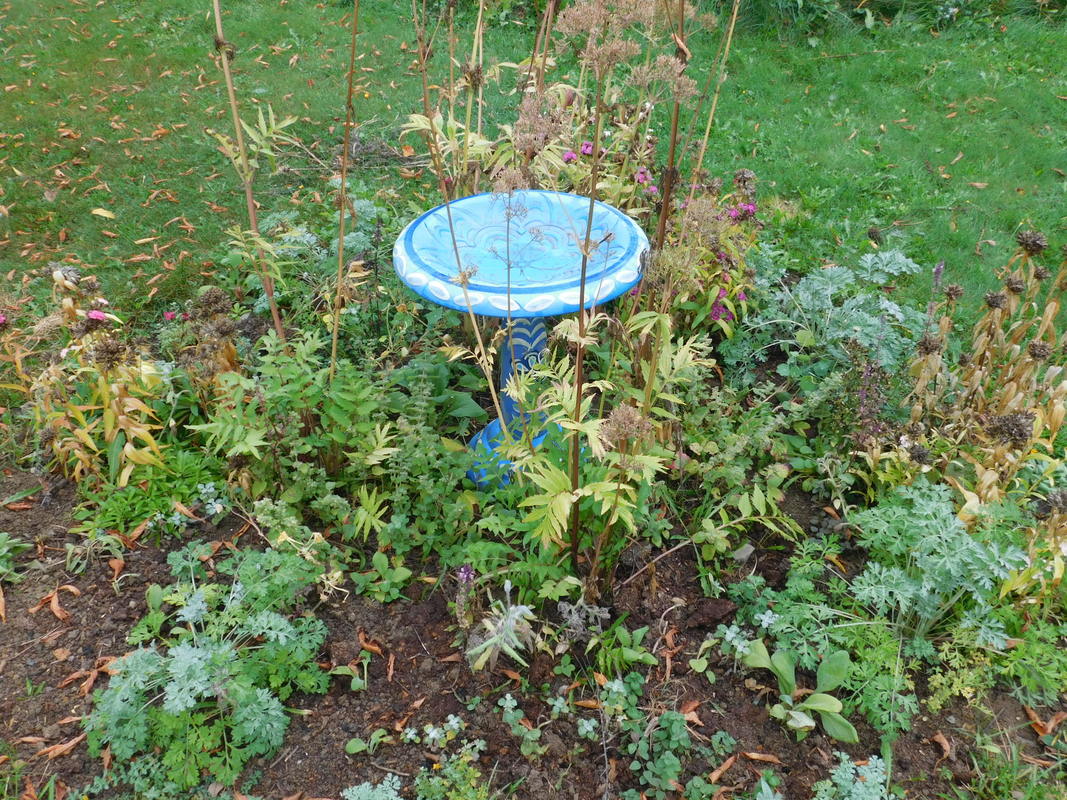
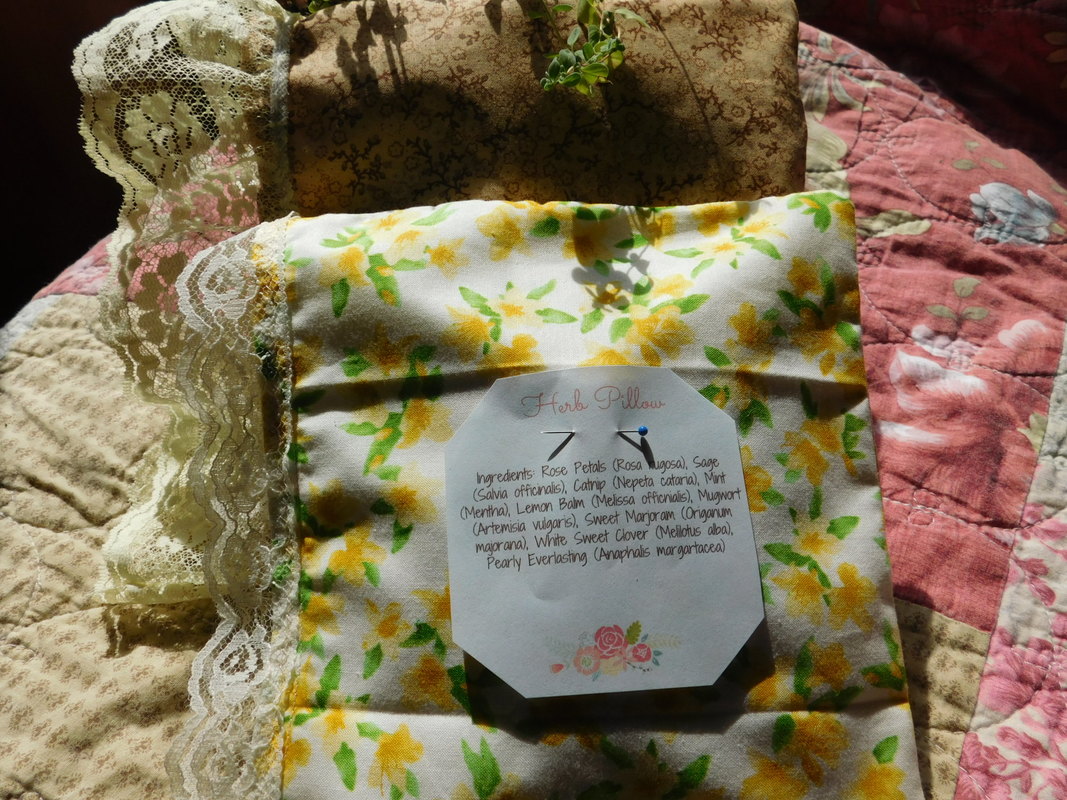
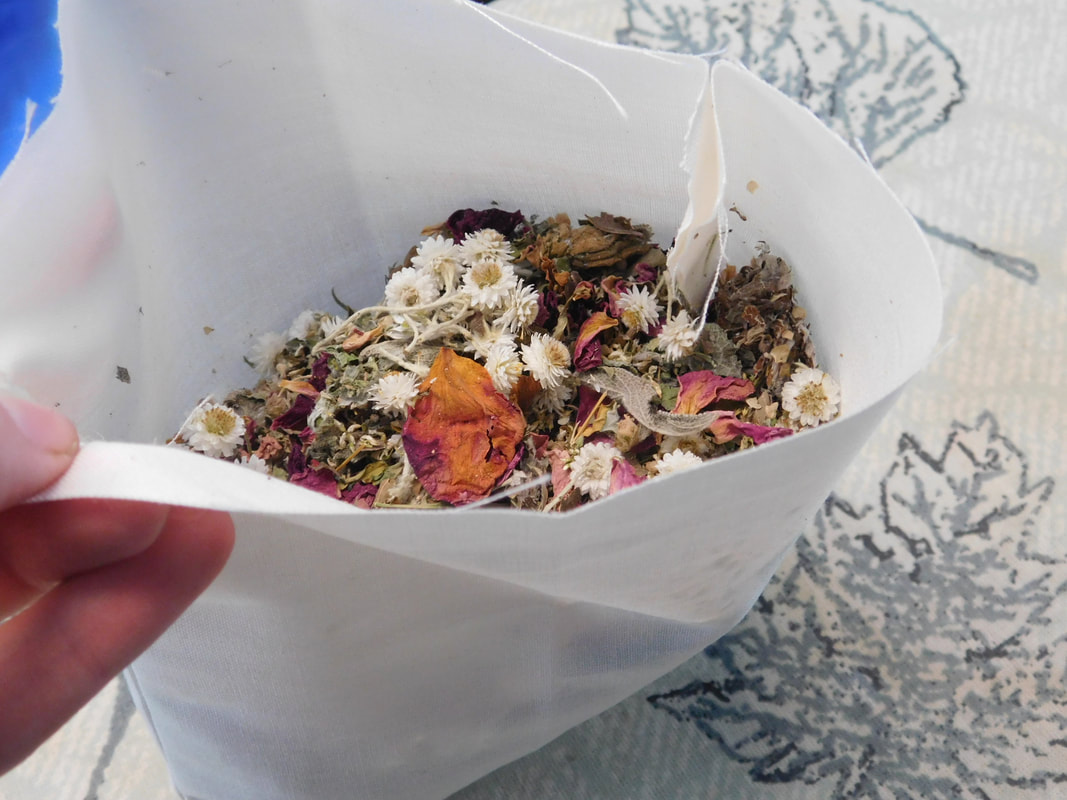
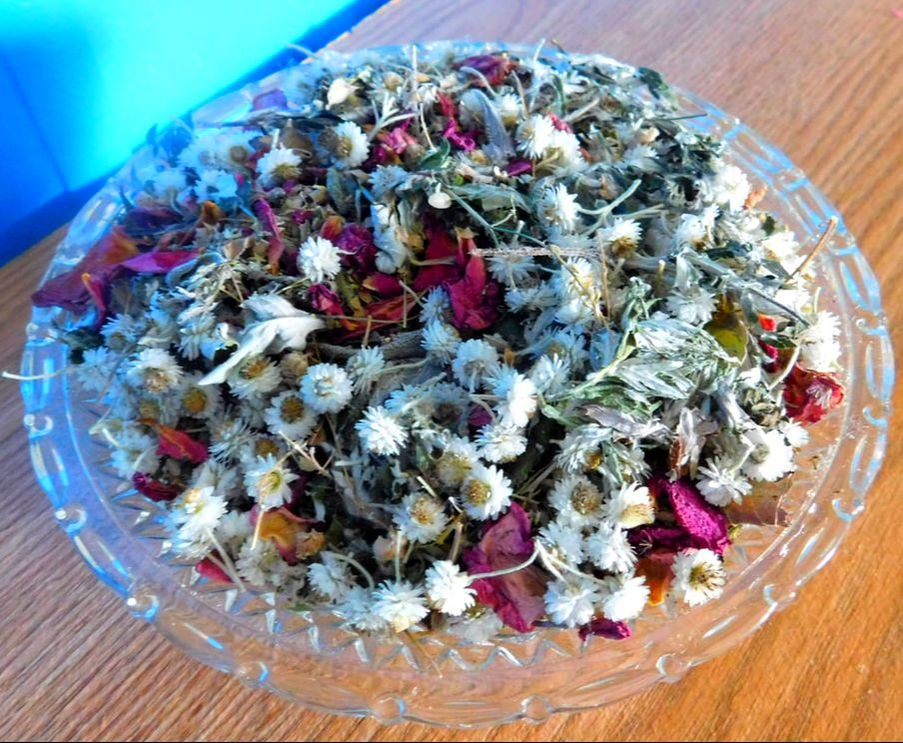
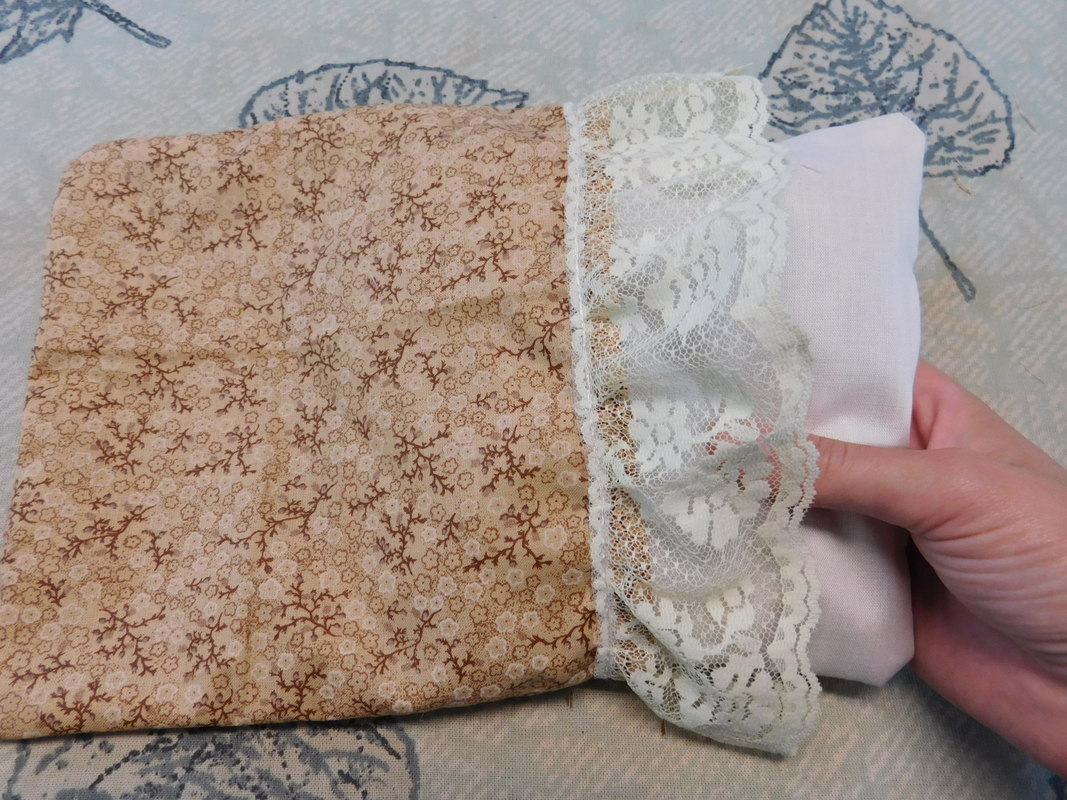
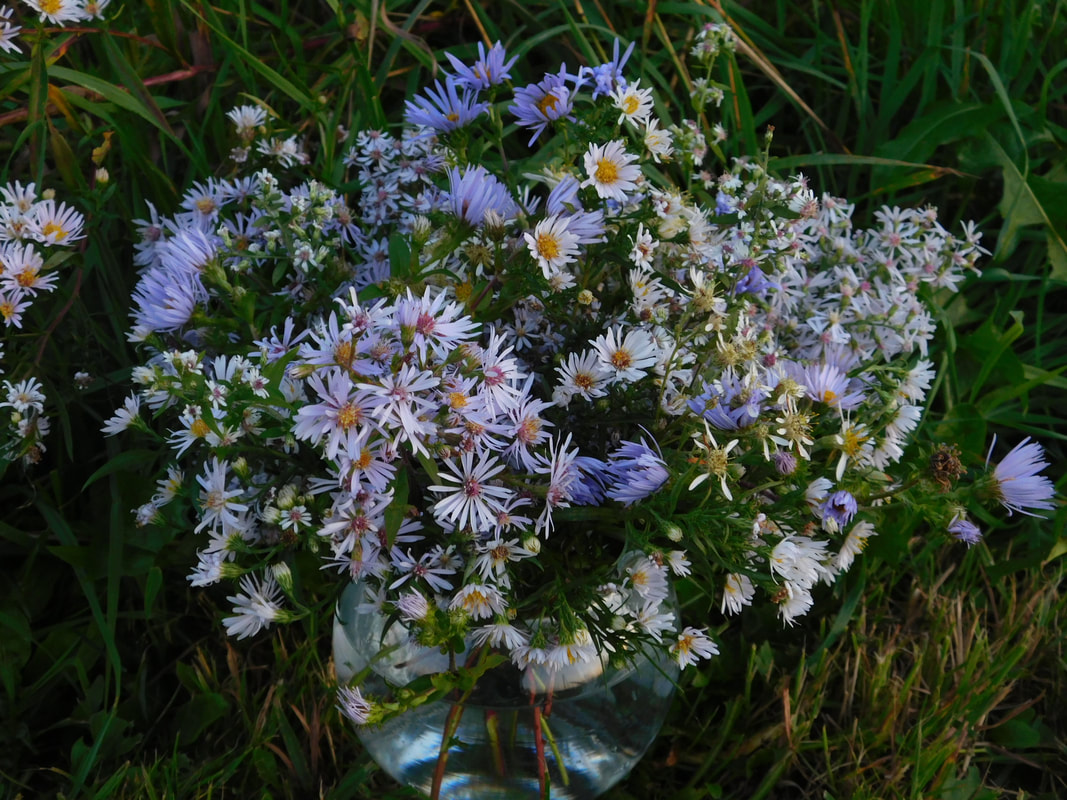
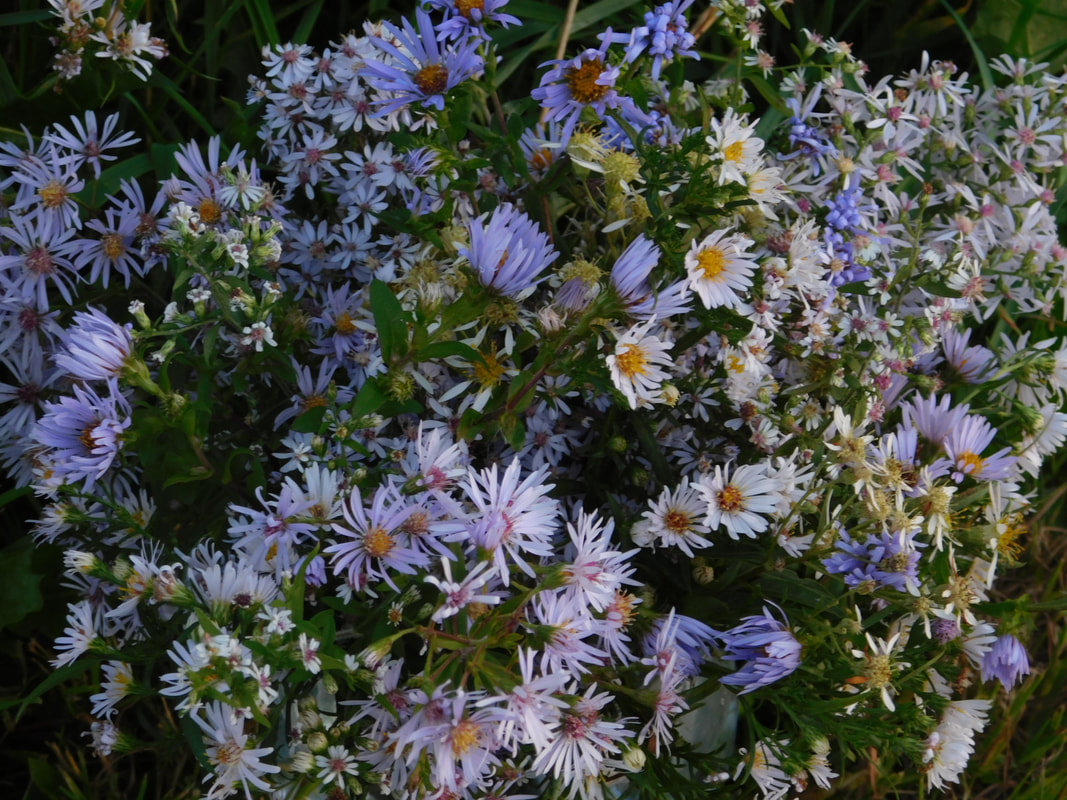
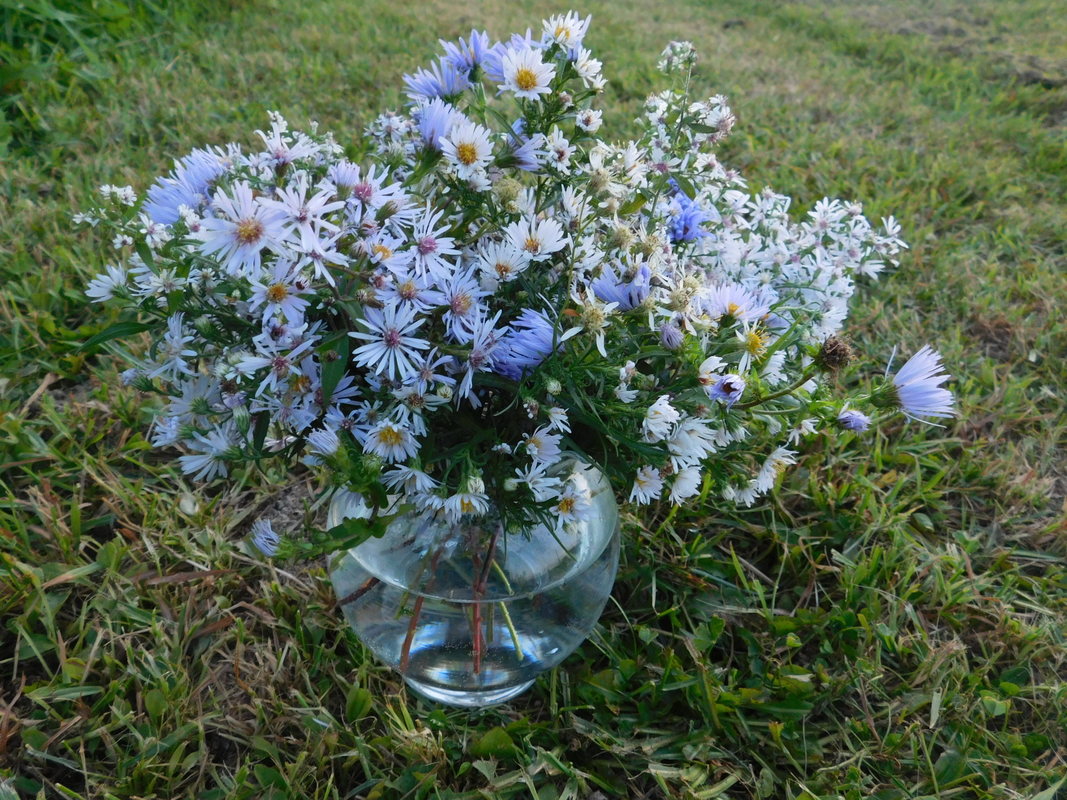
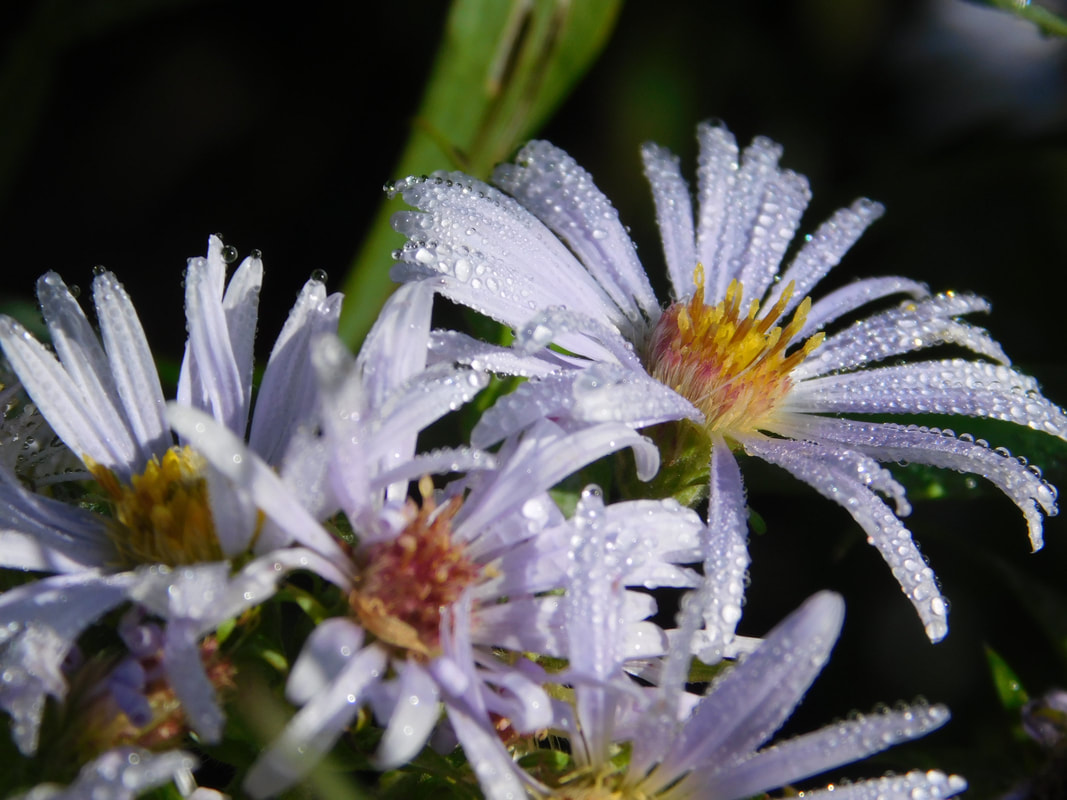
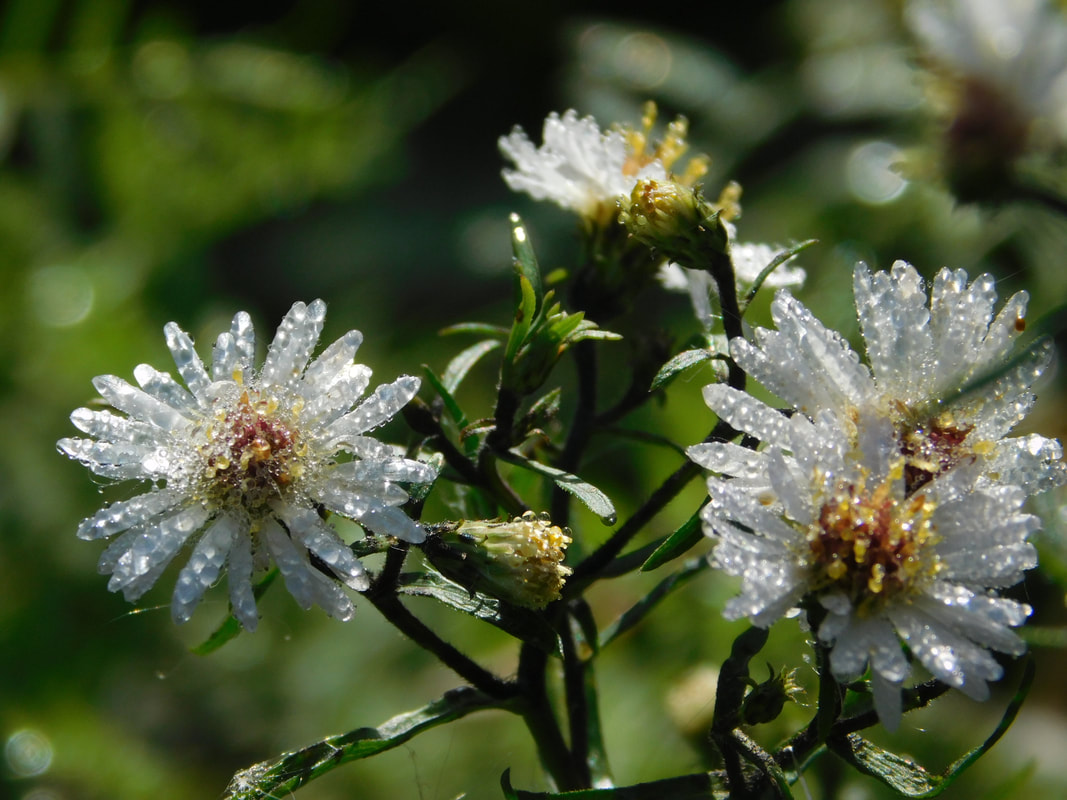
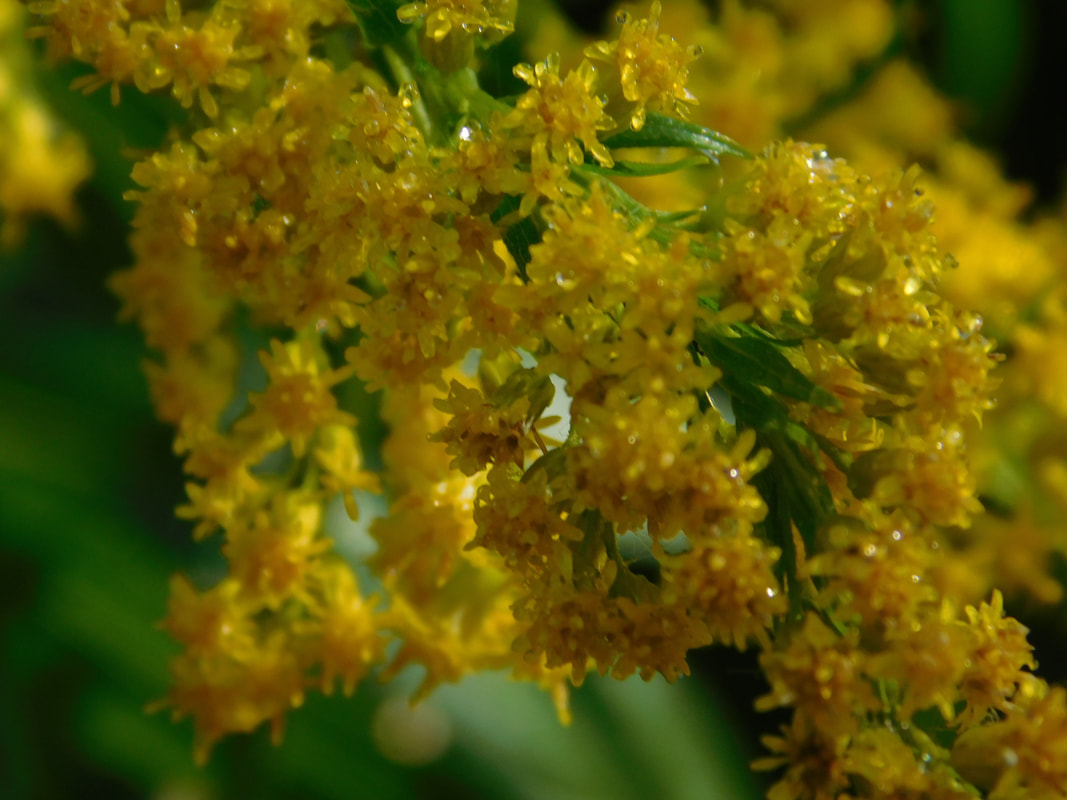
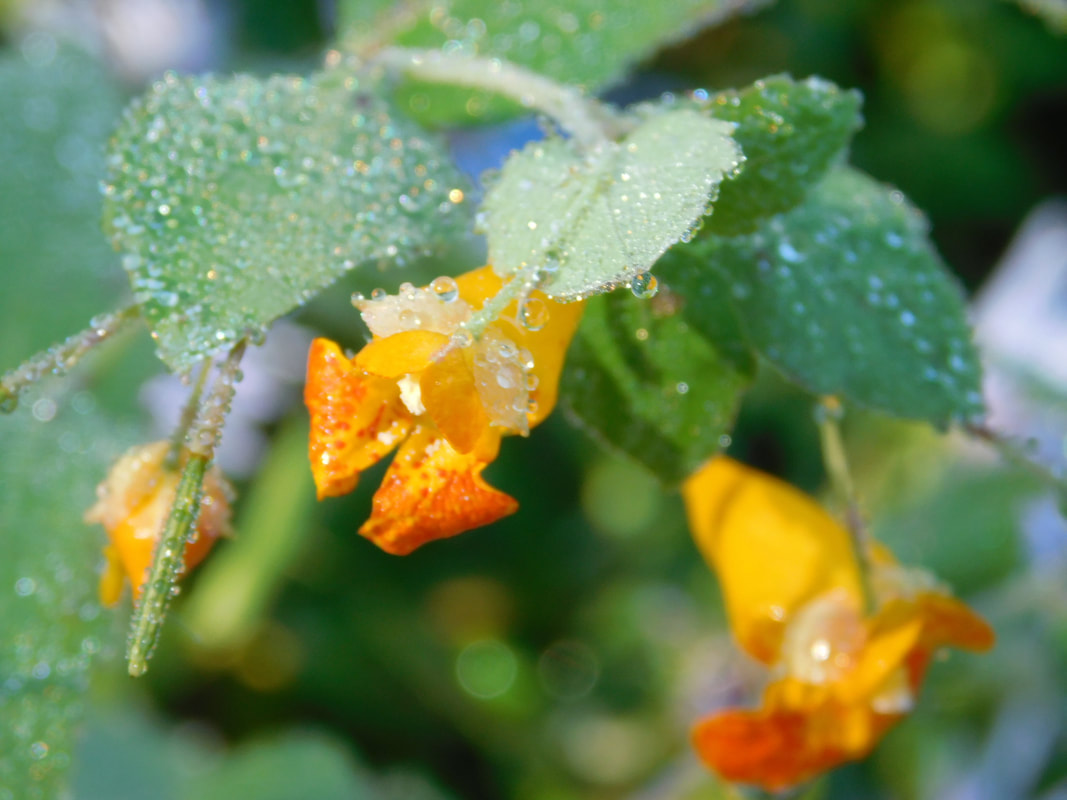
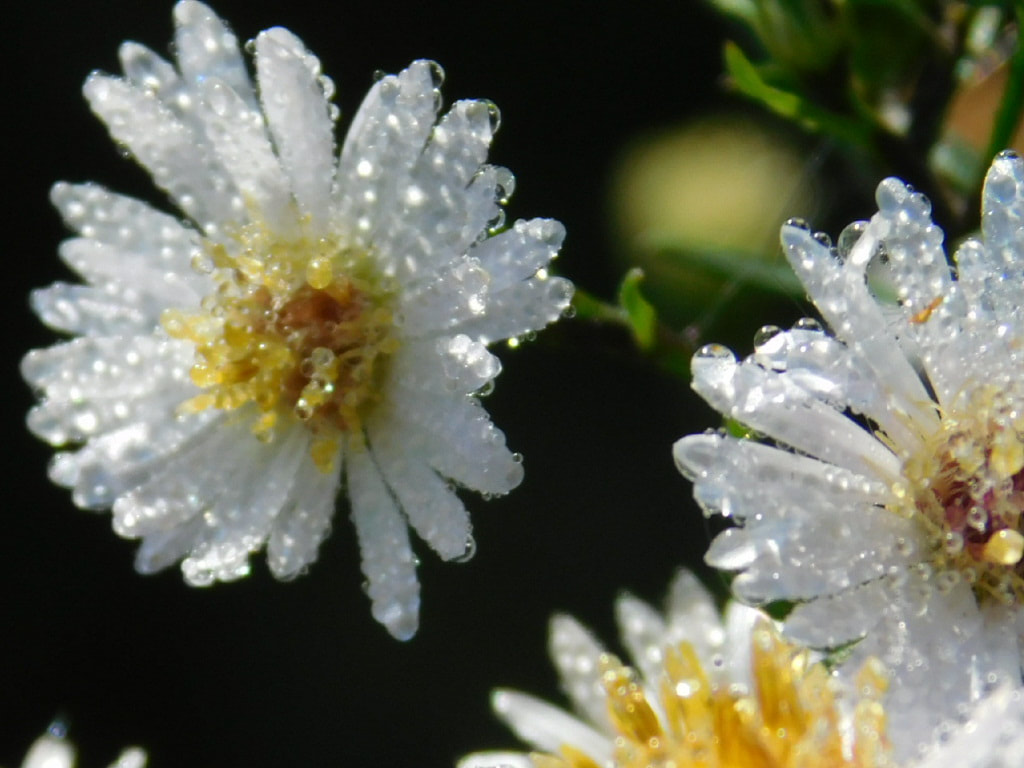
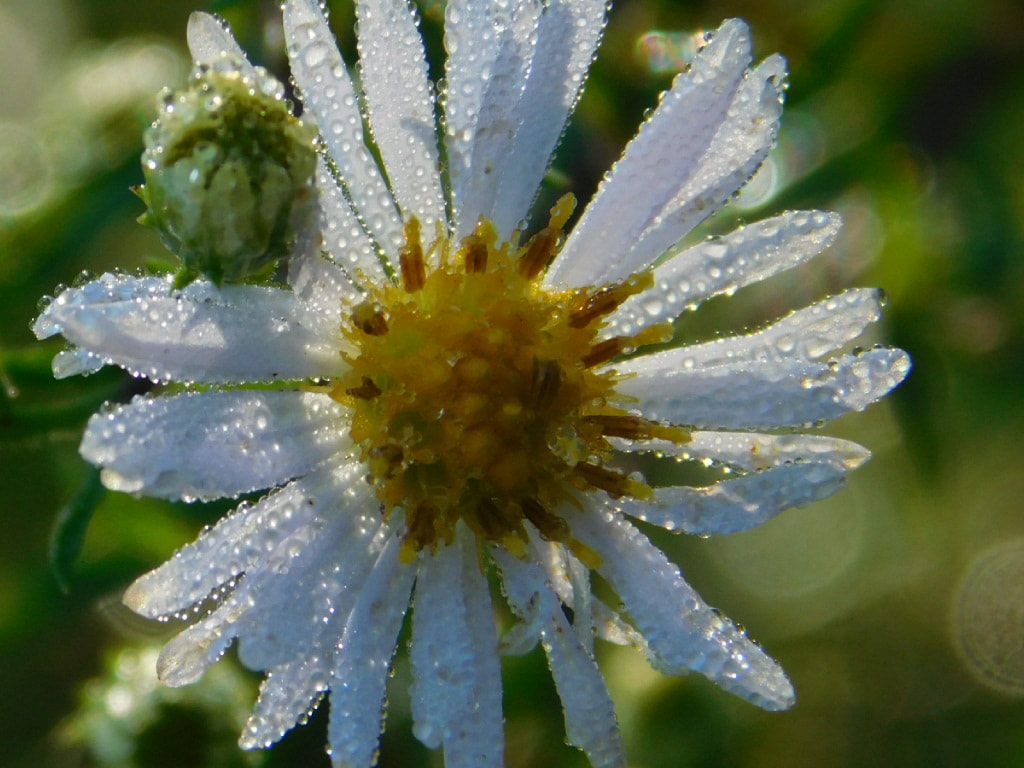

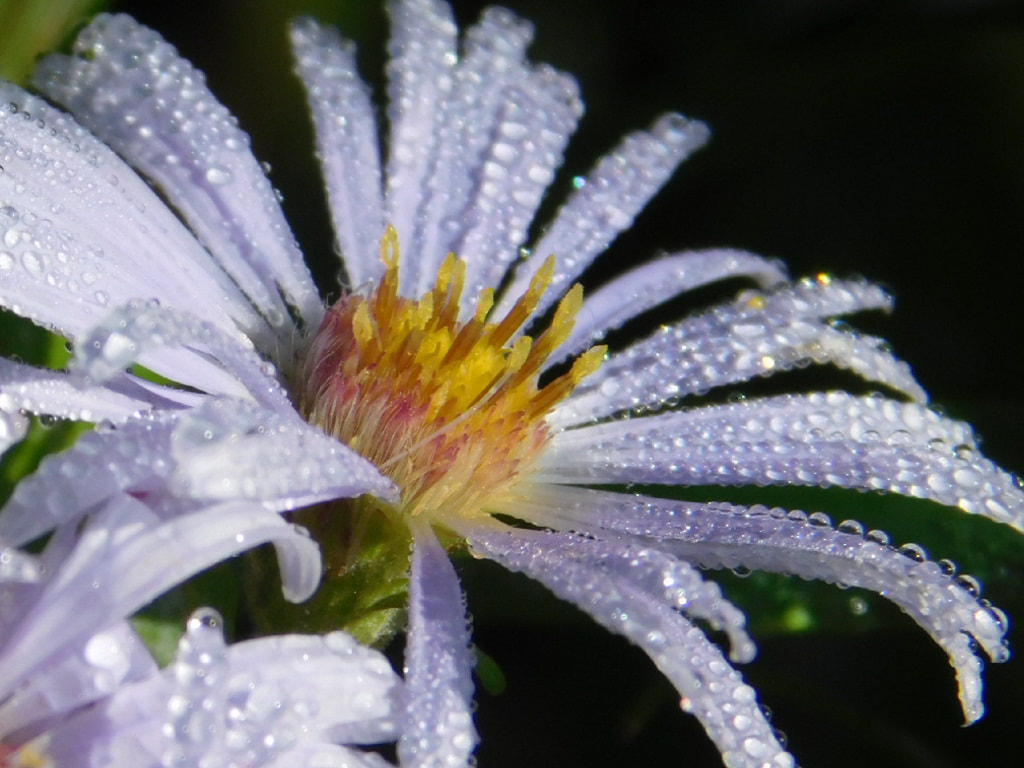
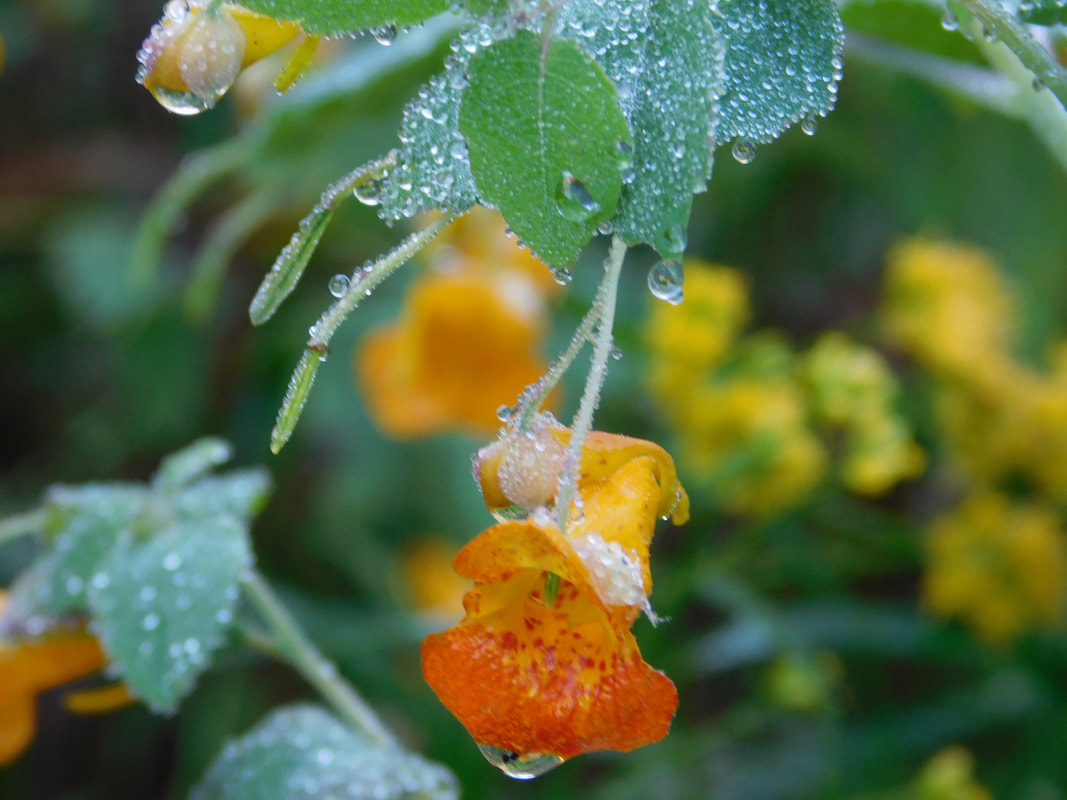
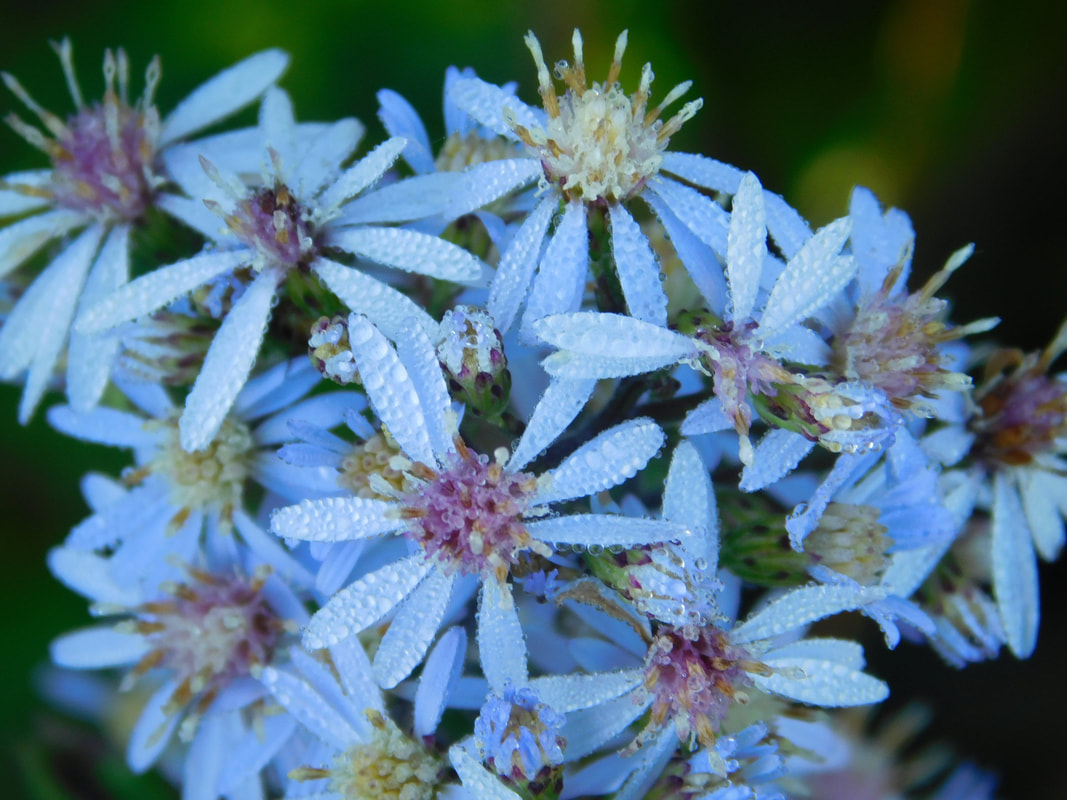
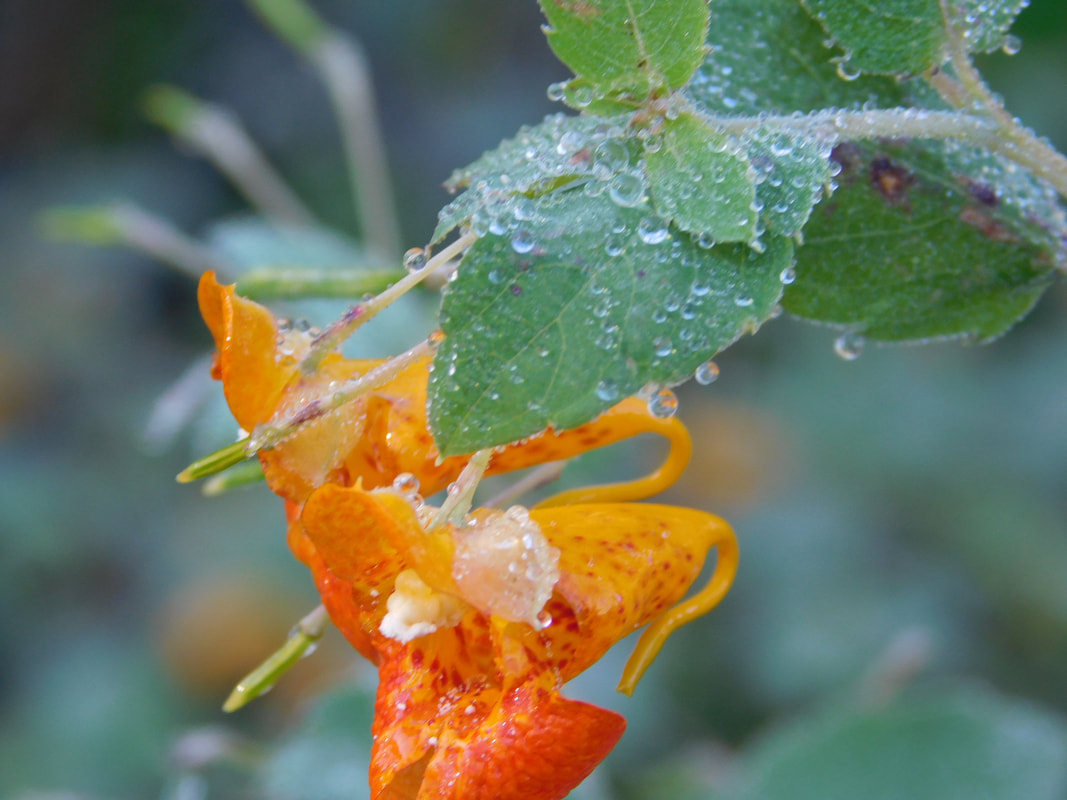
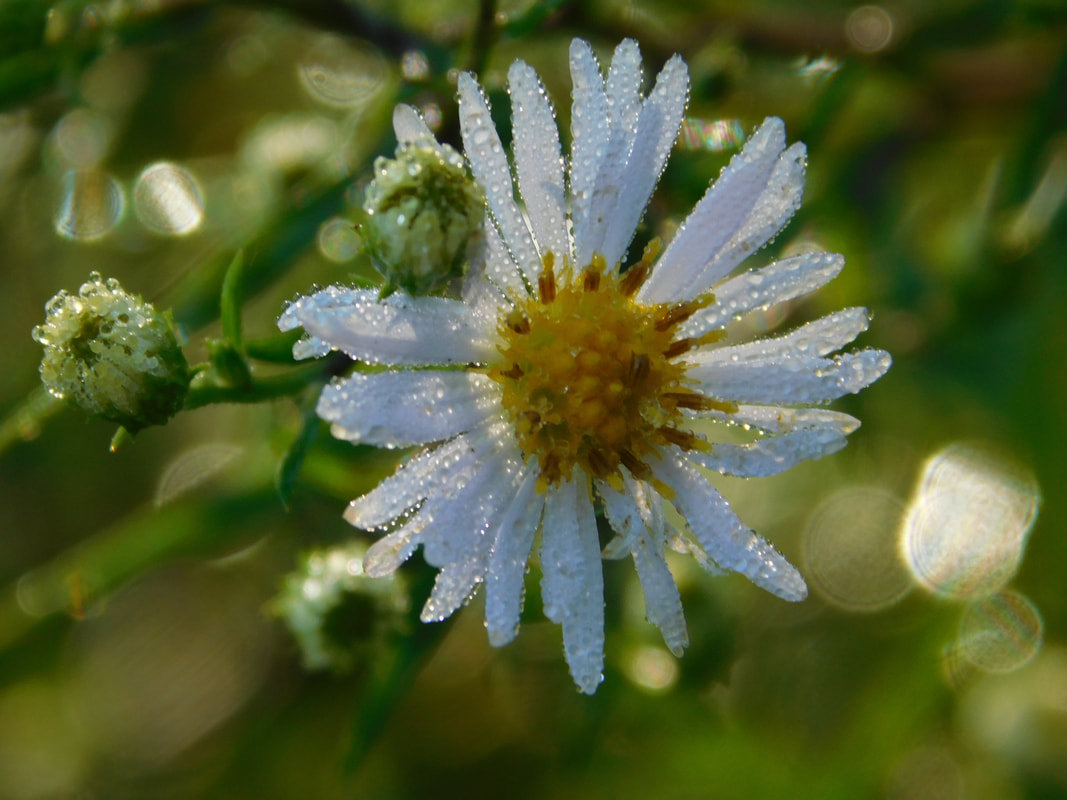
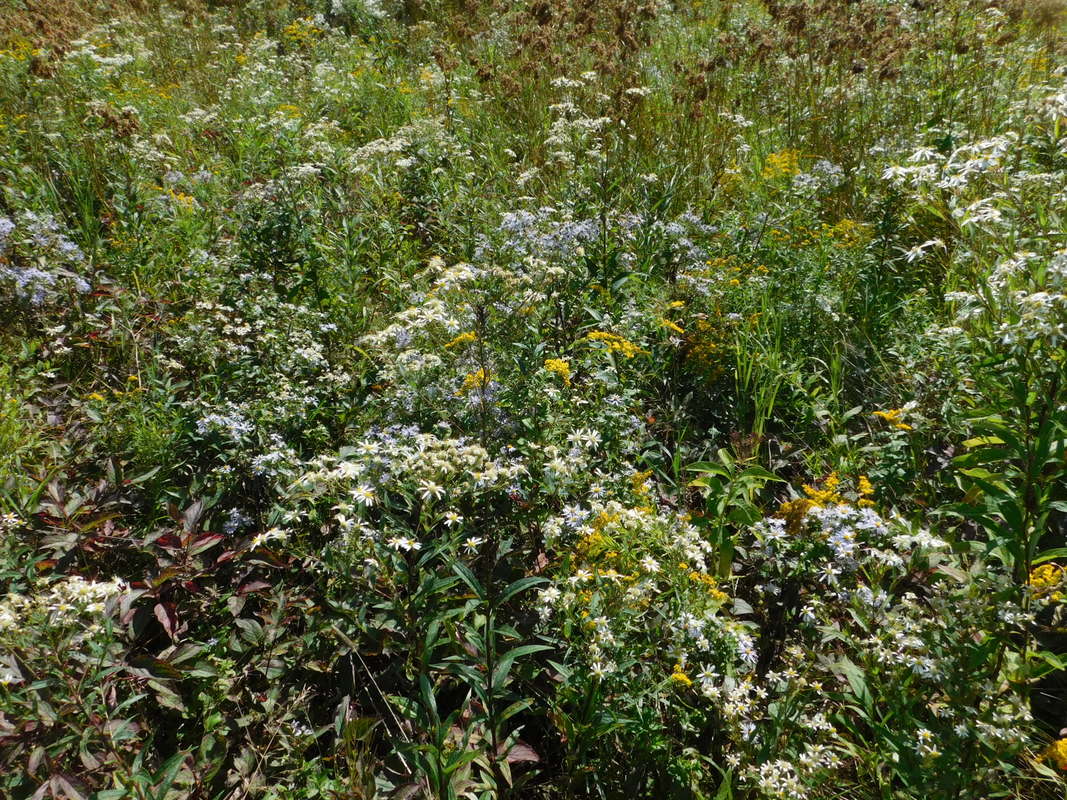
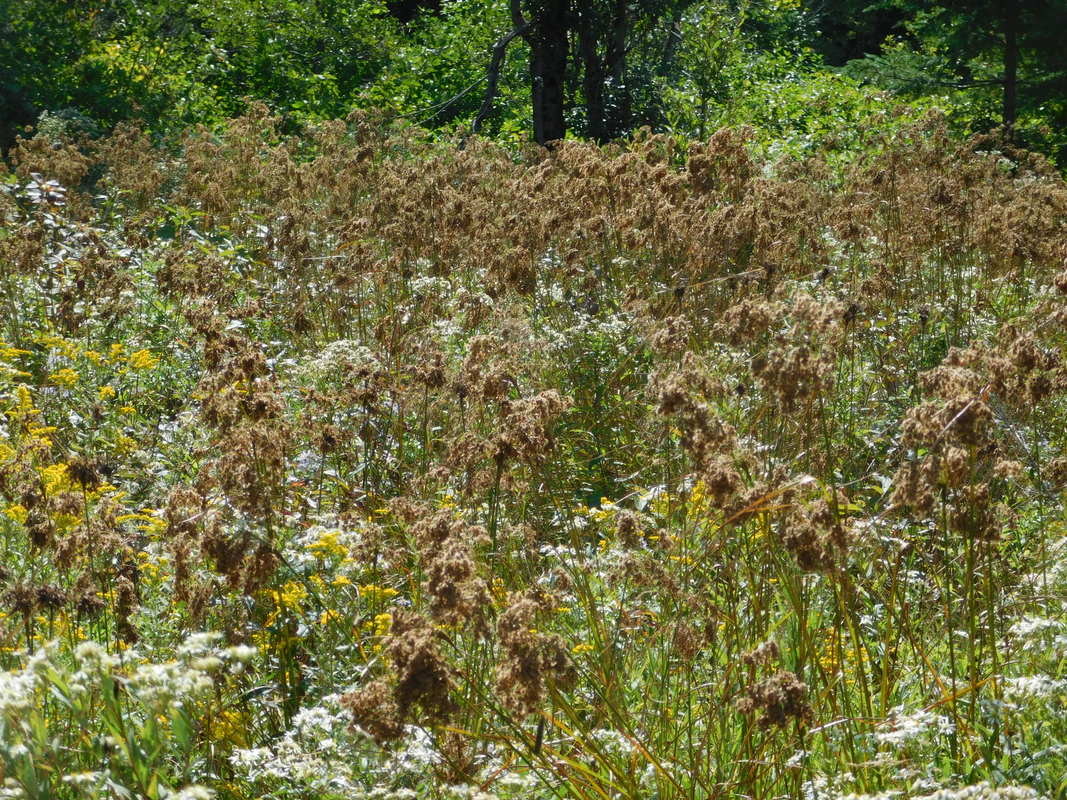

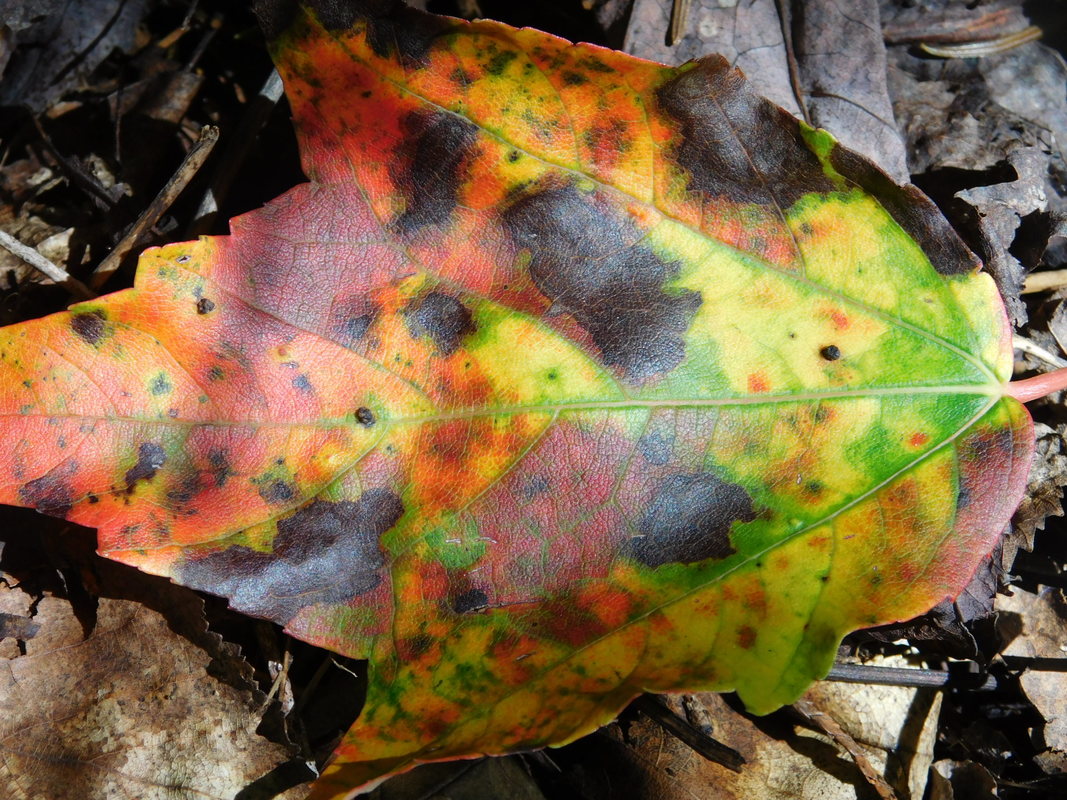
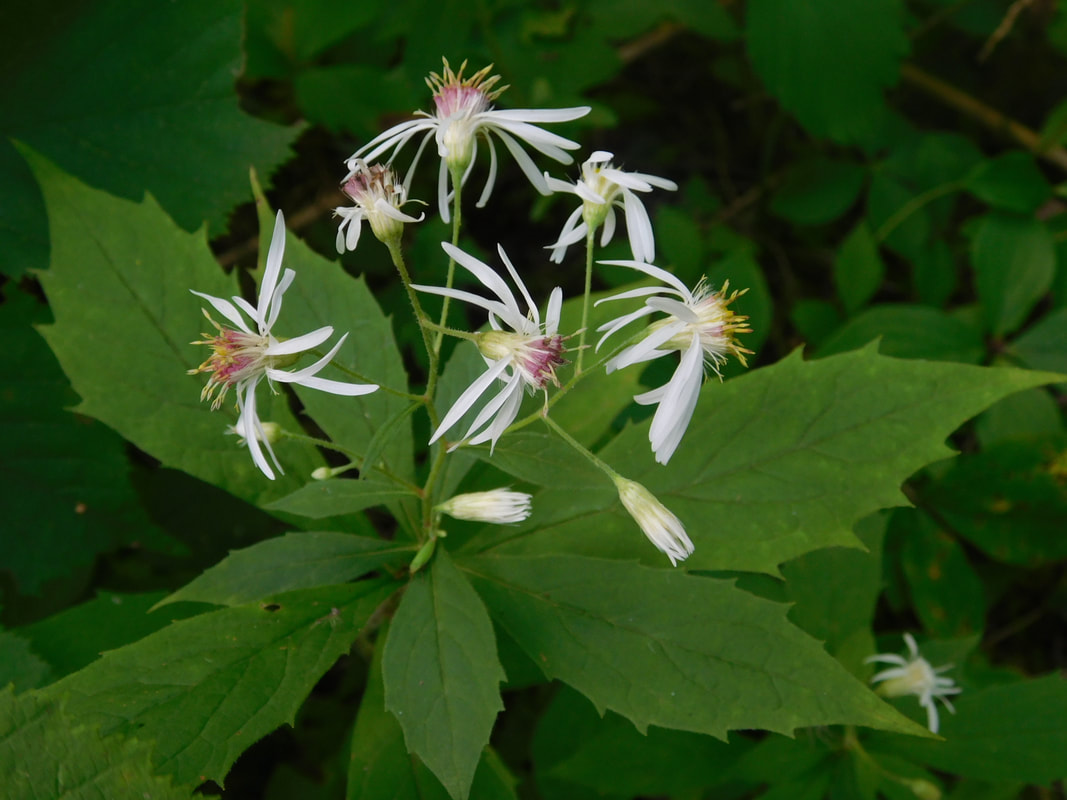
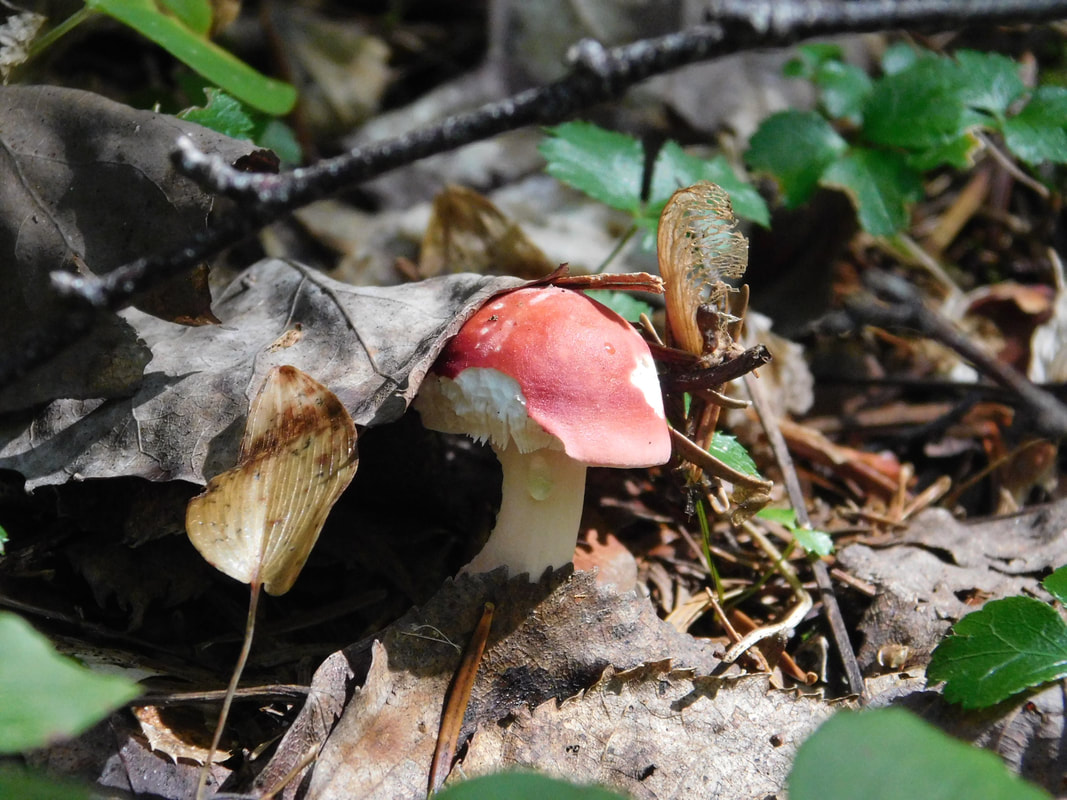
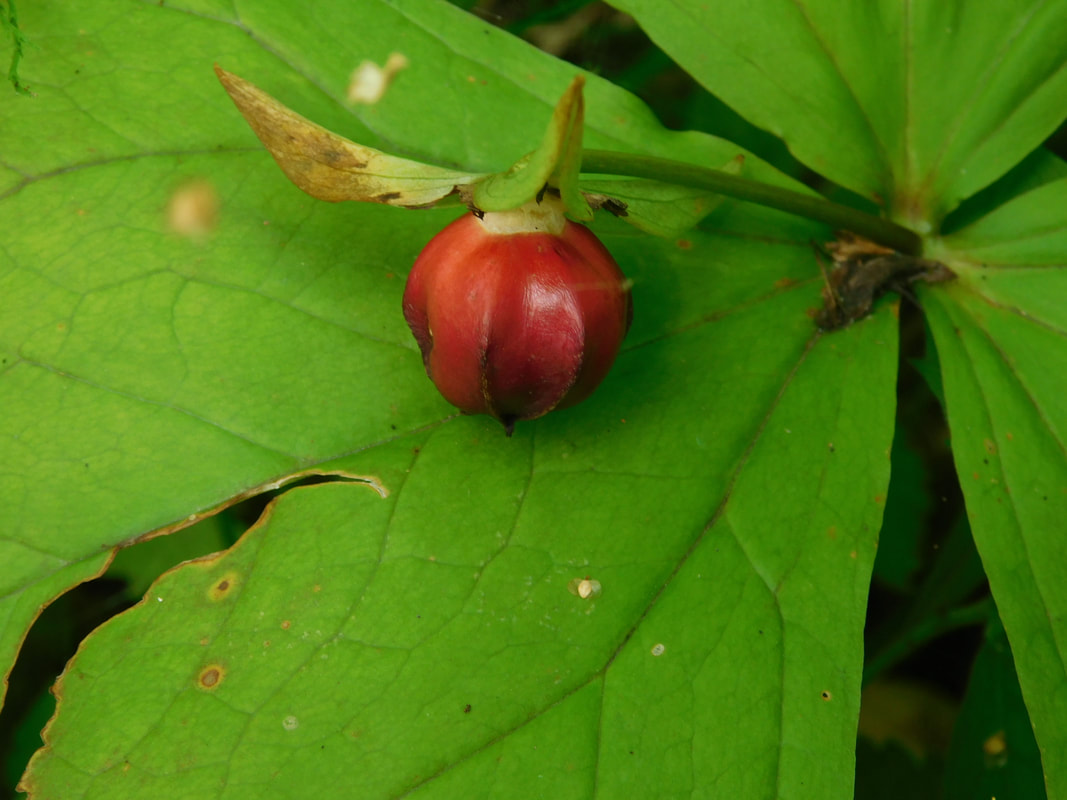
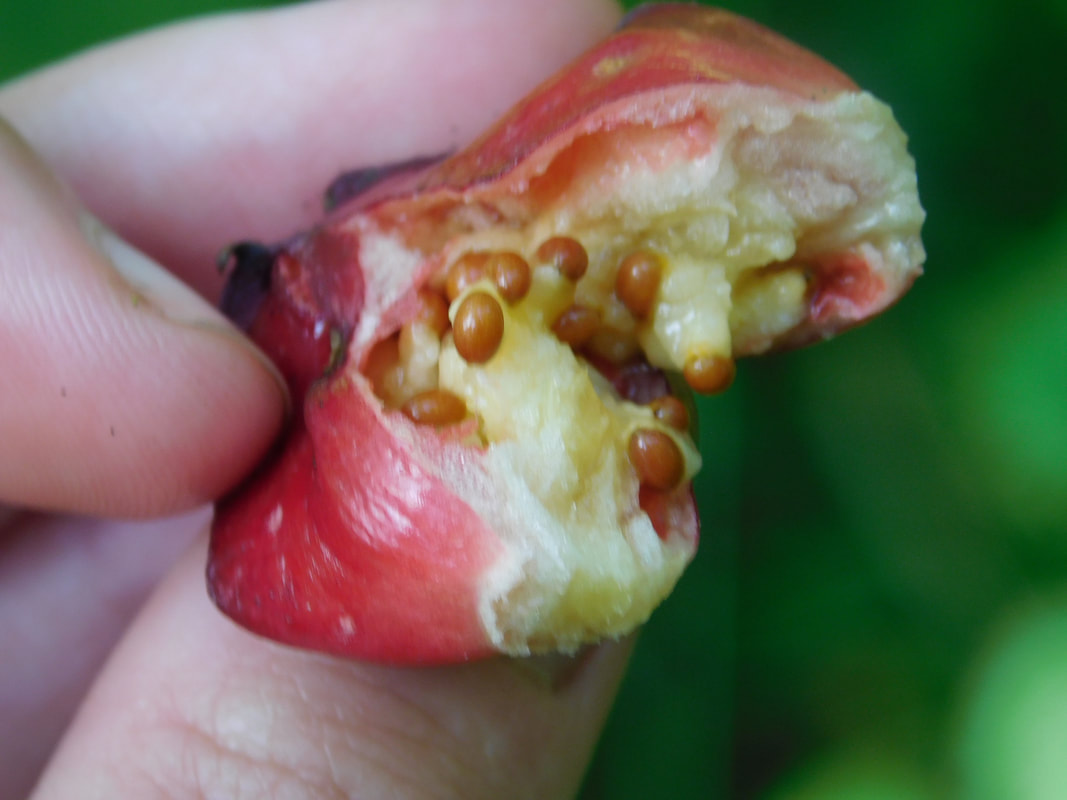
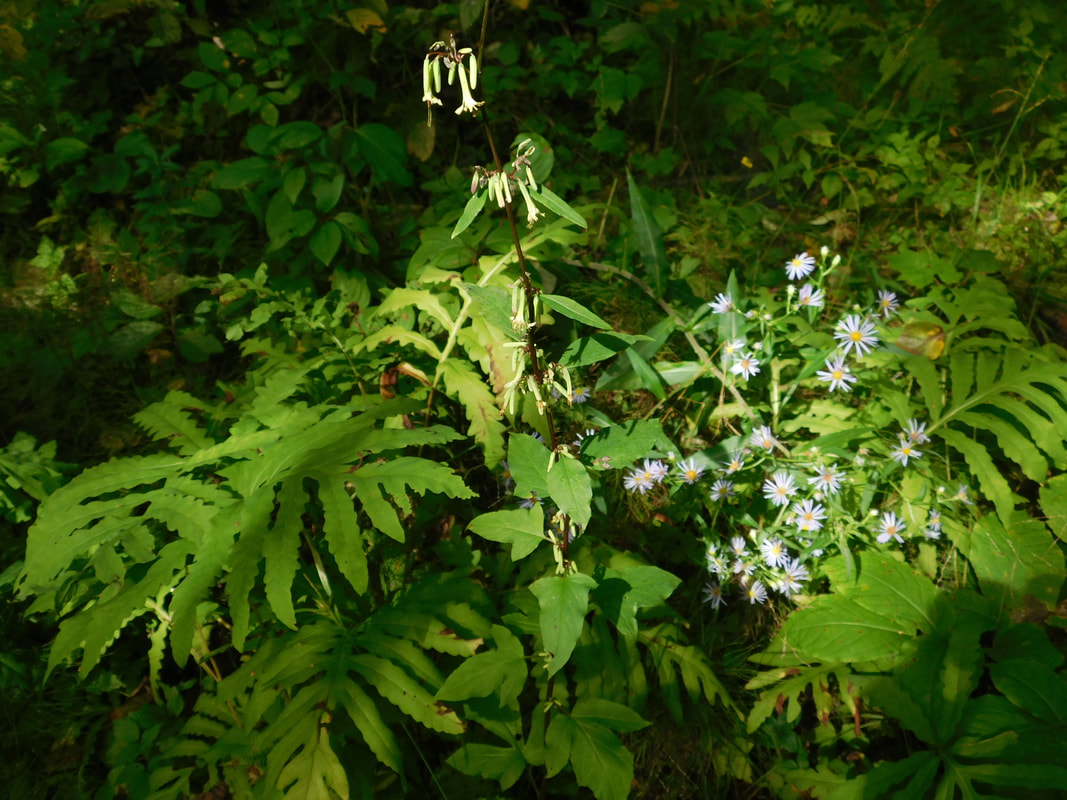
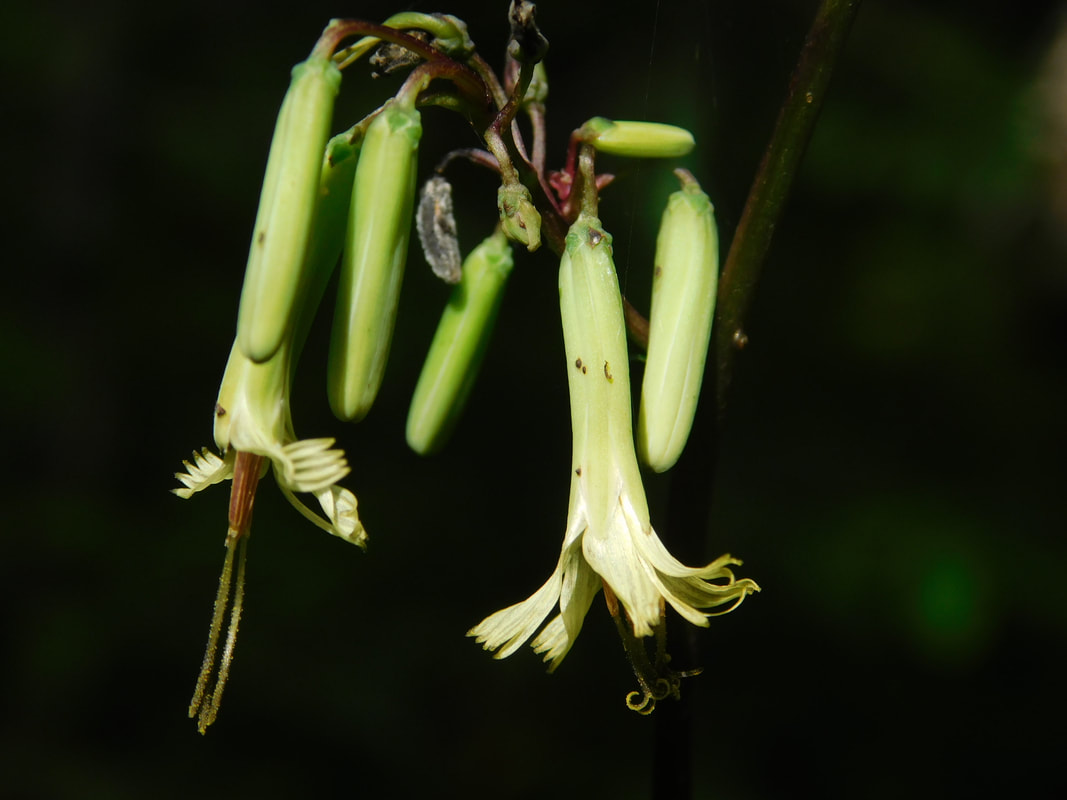
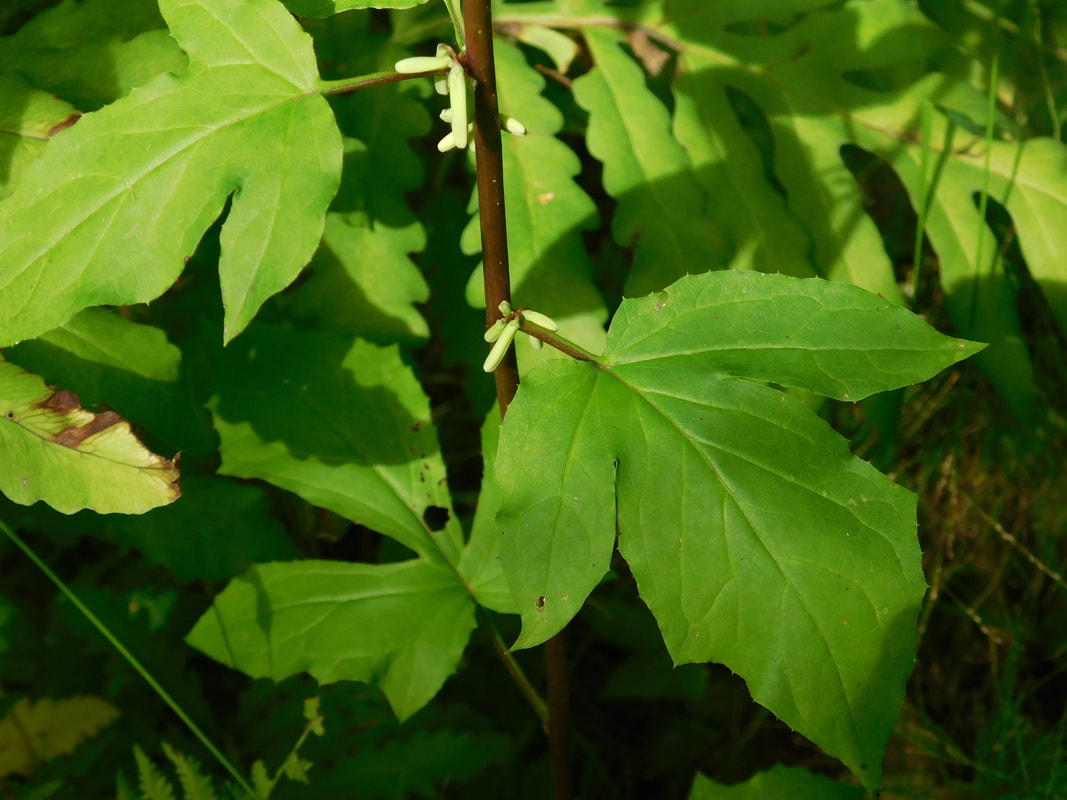
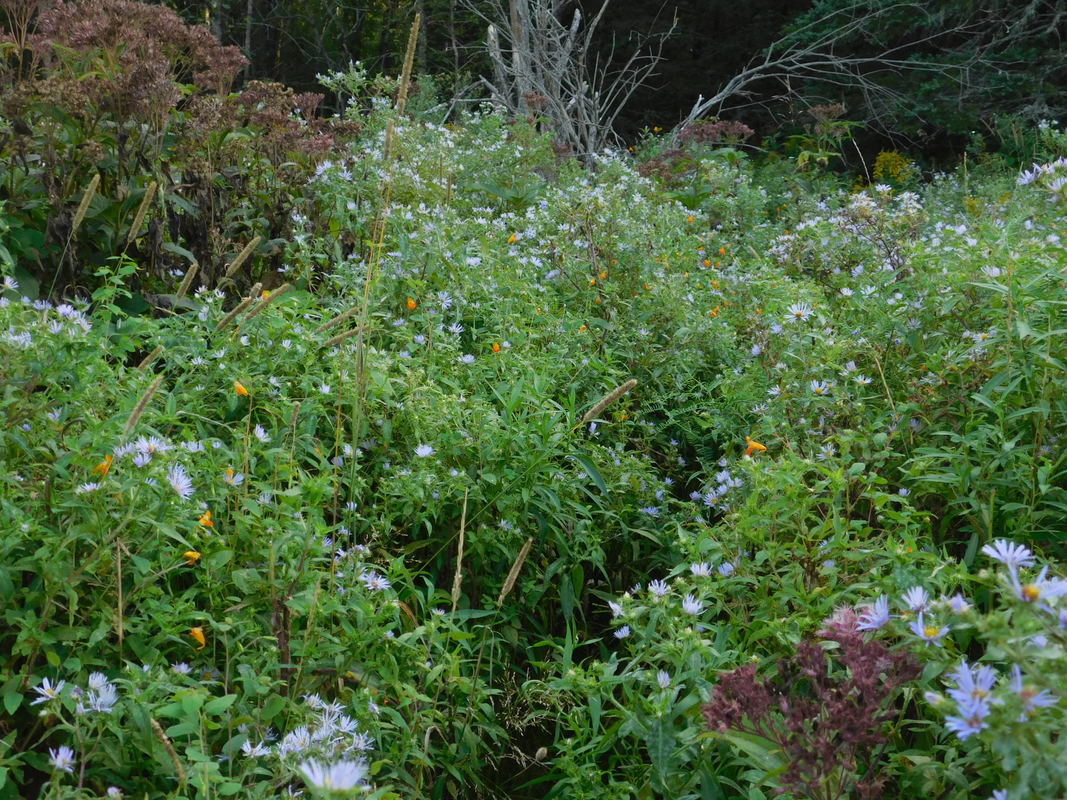
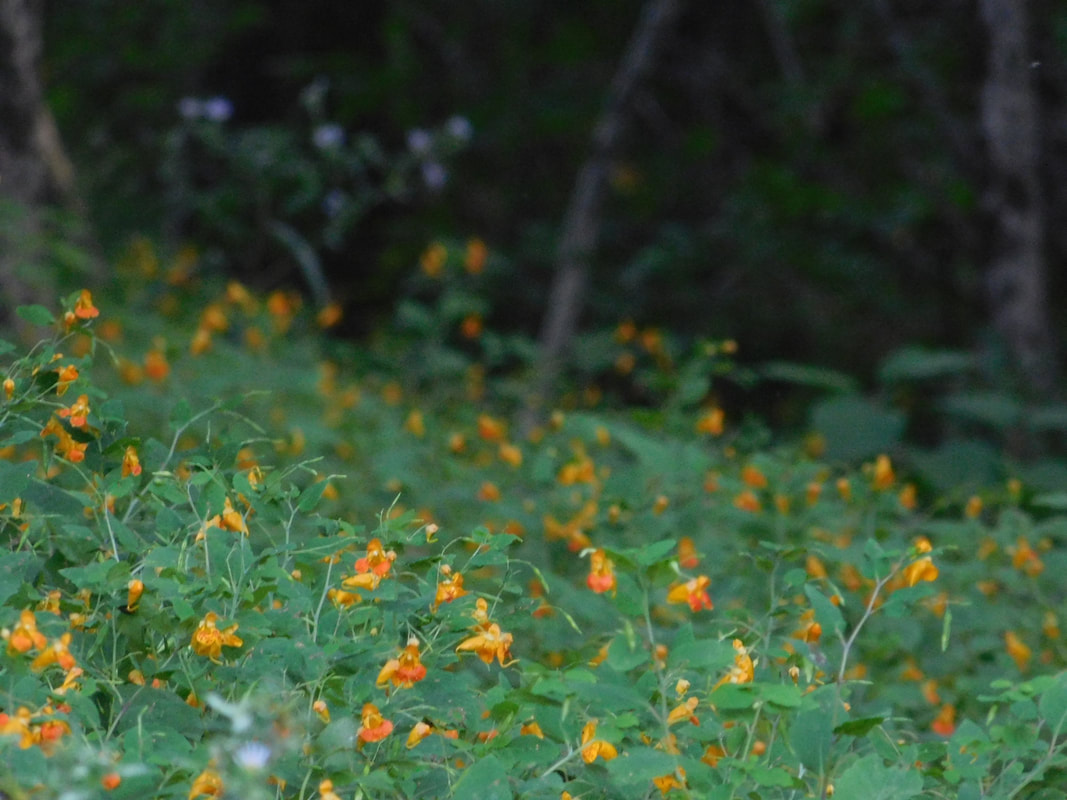

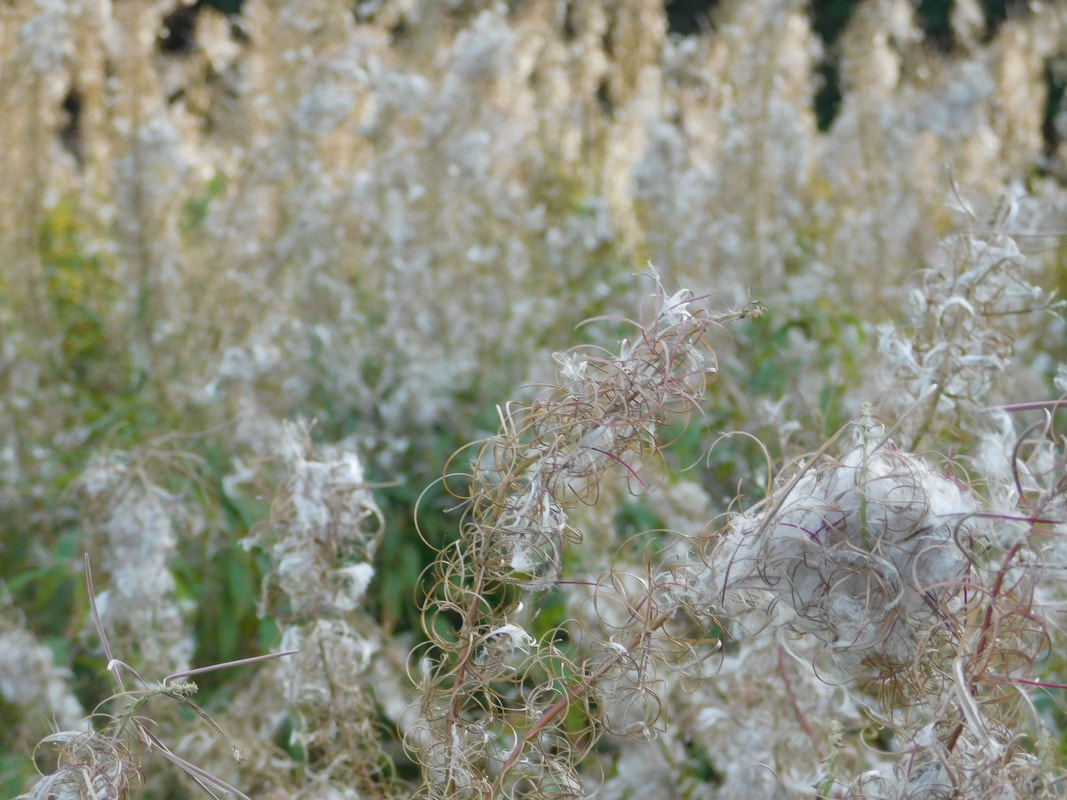
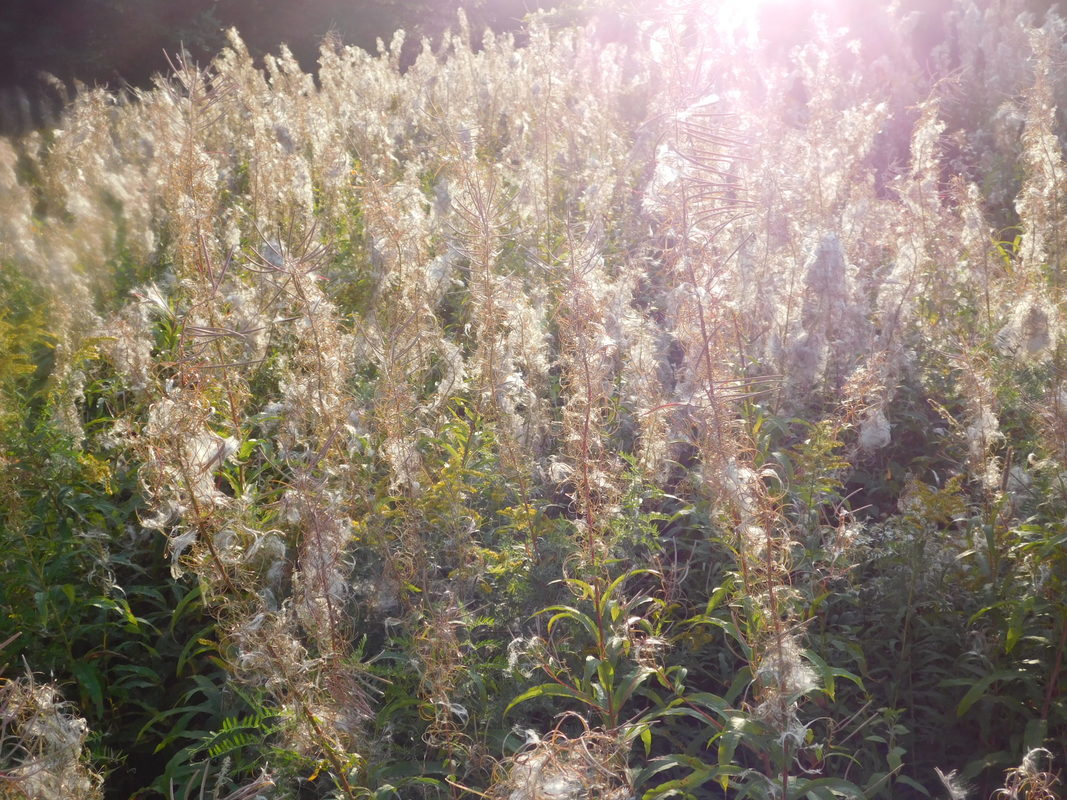
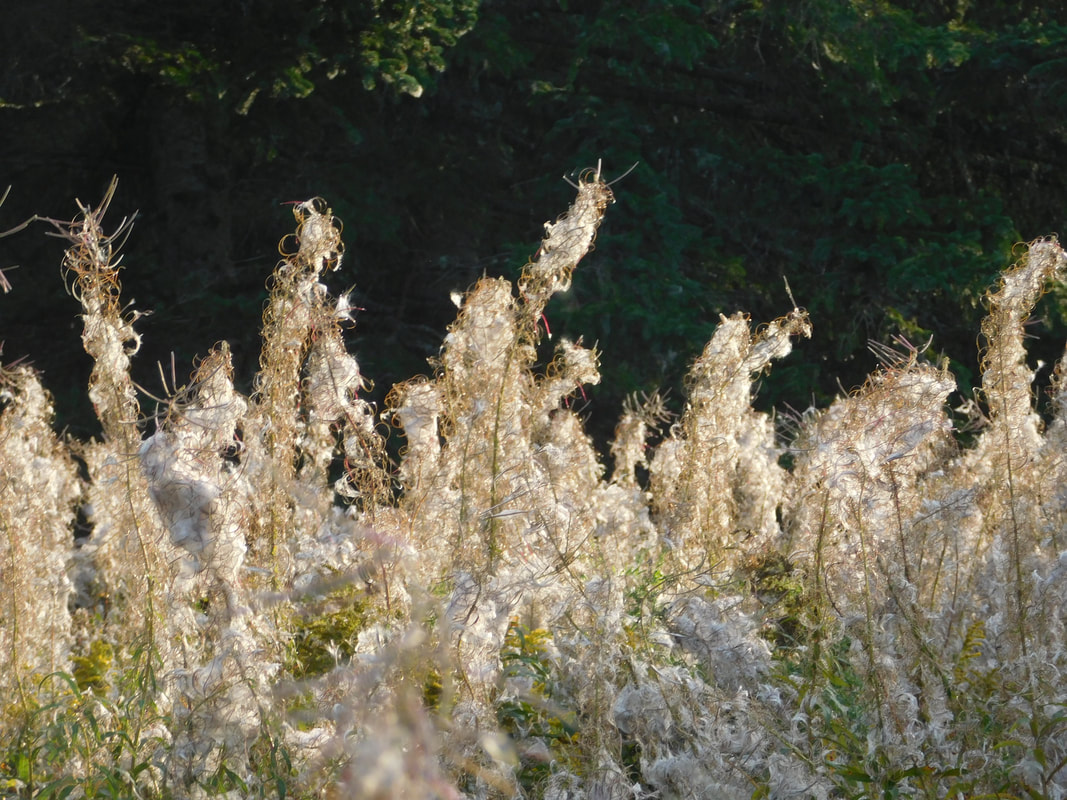
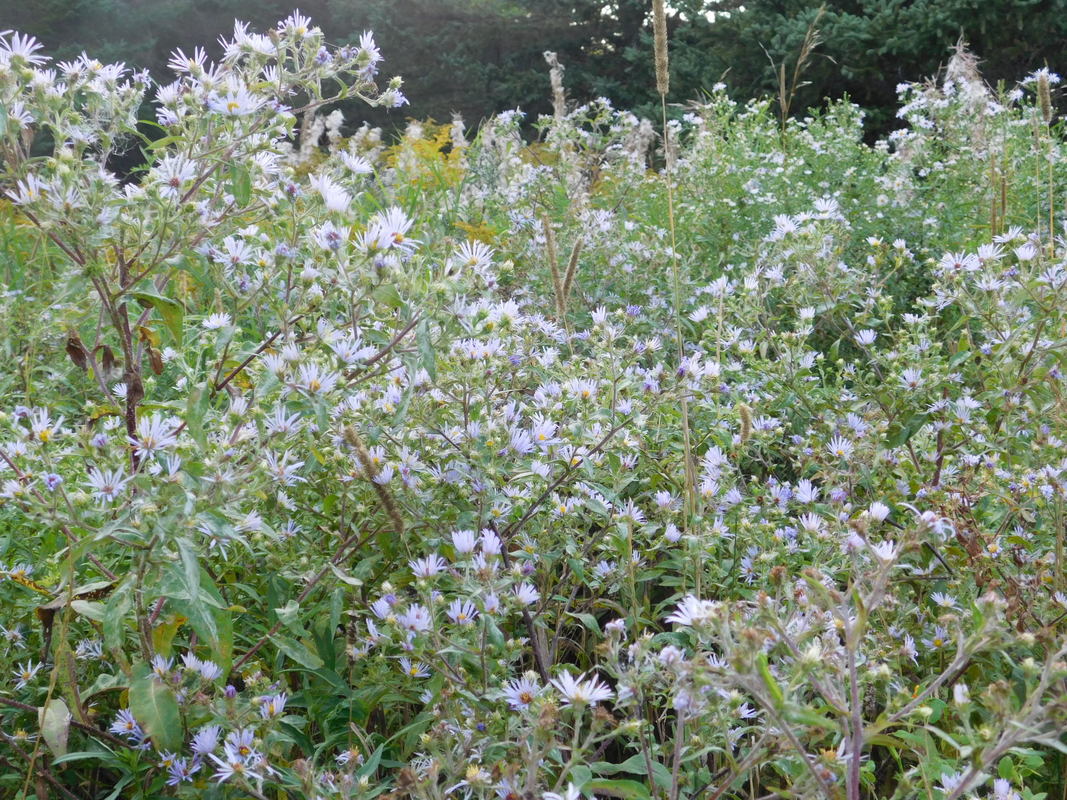
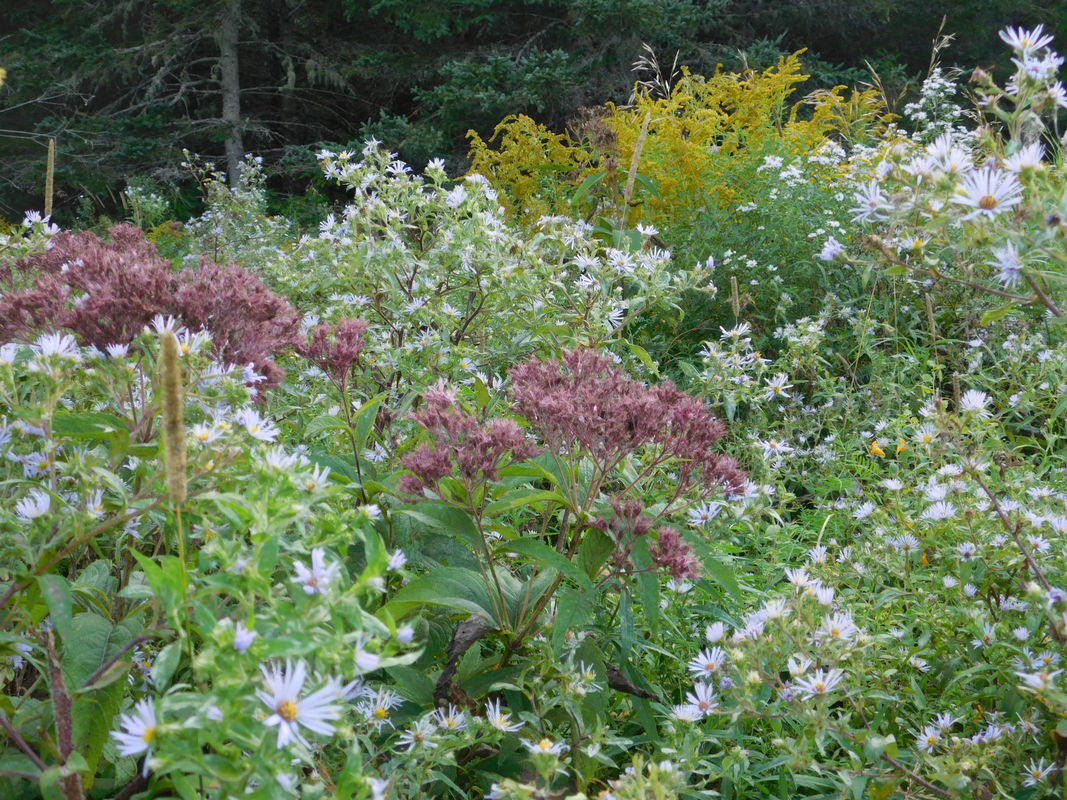
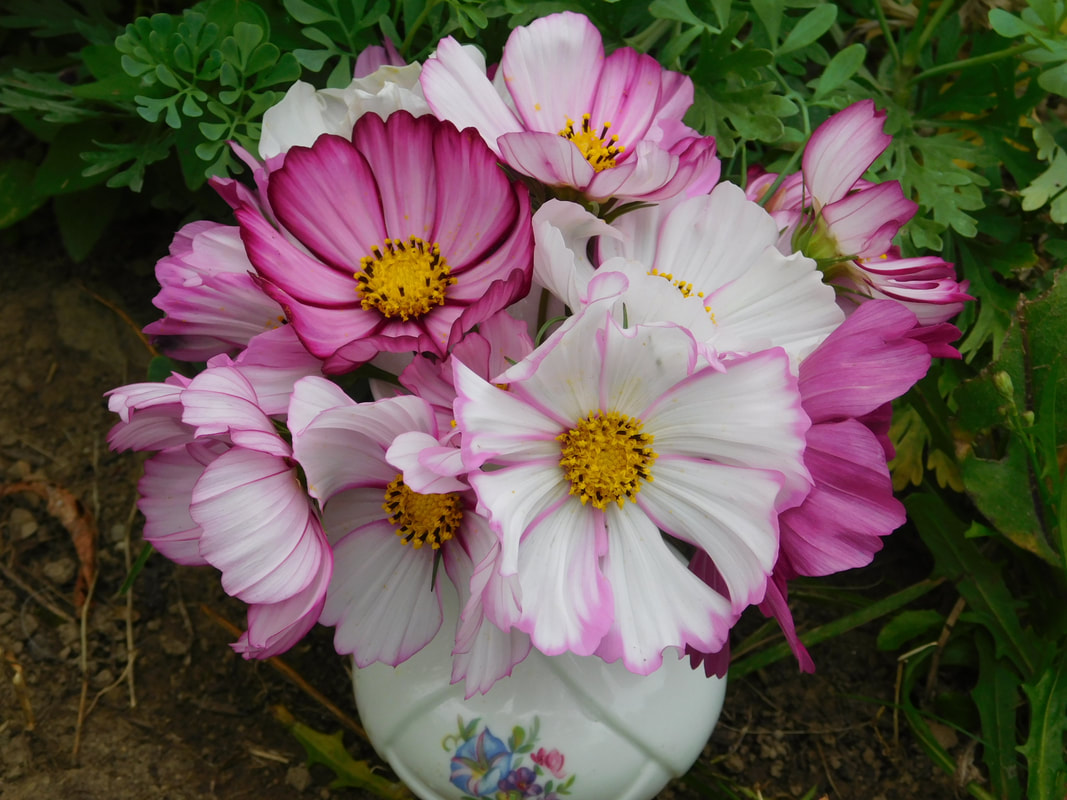
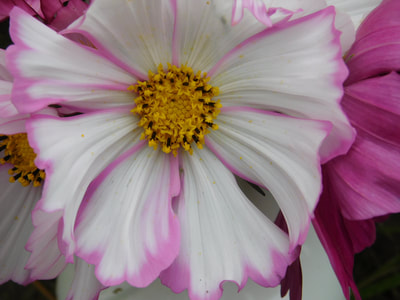
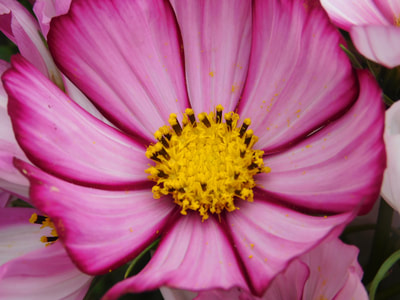
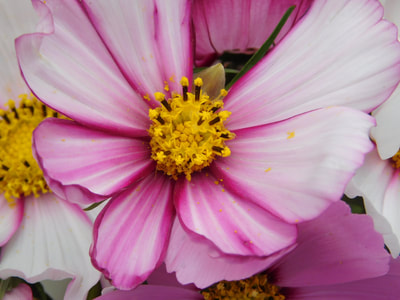
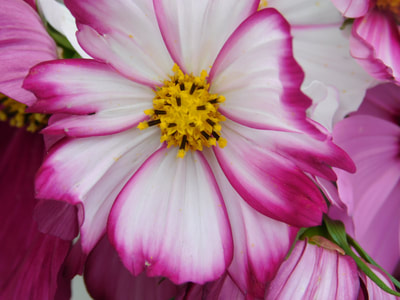
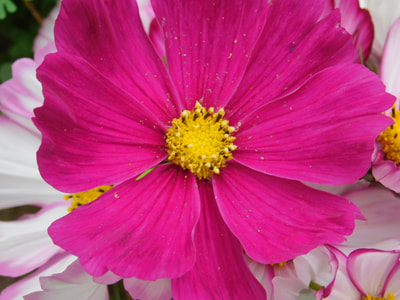
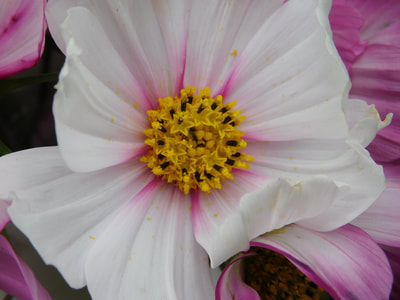

 RSS Feed
RSS Feed
